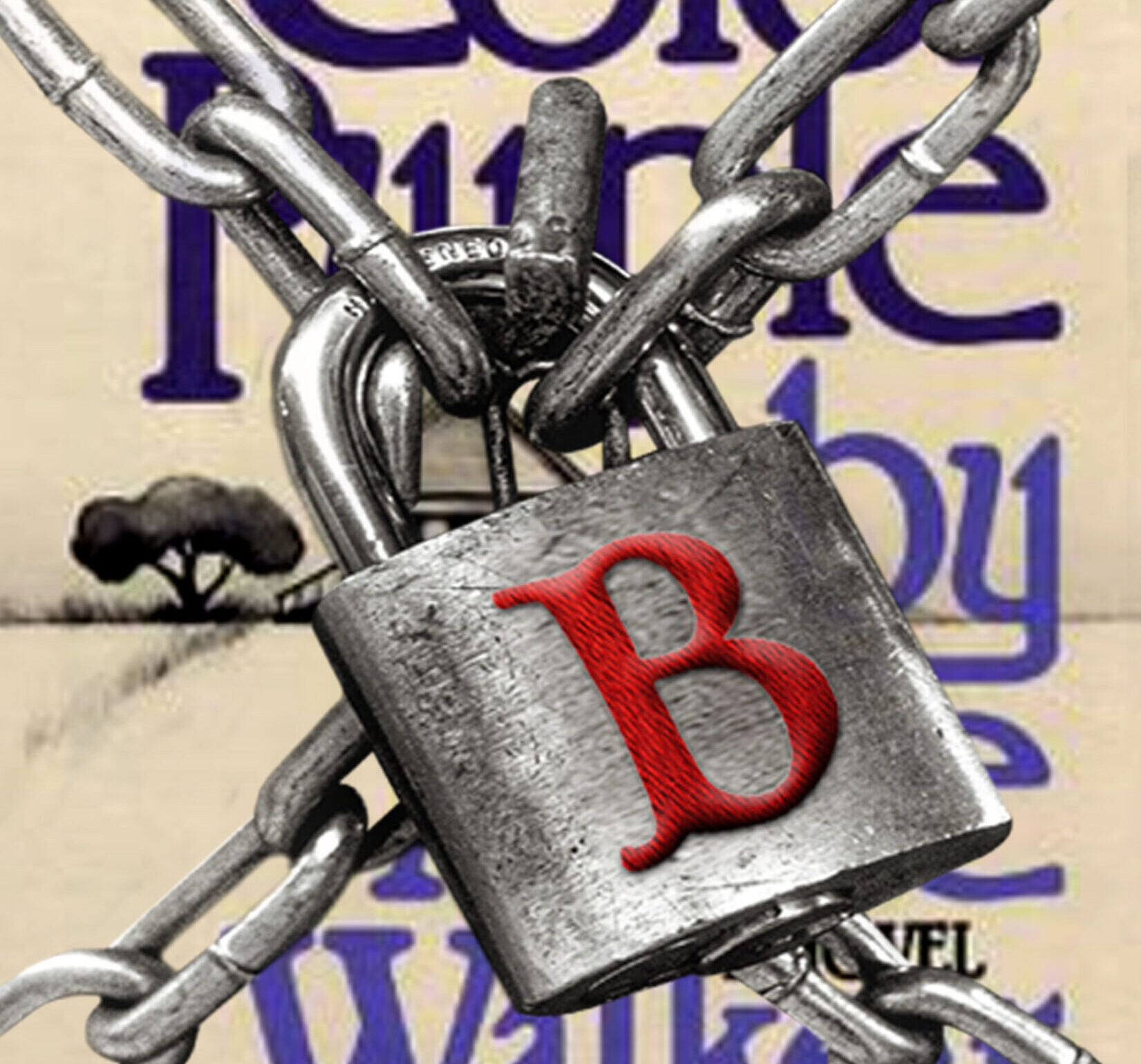

D
escribing The Color Purple as a womanist work is like saying the Iliad is a heroic poem. It isn’t merely an example – it’s the defining text of that genre.[1]
Womanism emerged from the work of African-American author Alice Walker. And the term isn’t just a new label for Black feminism. While womanism does have an important relationship to feminism, it’s broader in scope than the earlier women’s movement. Okay. But that still doesn’t tell us what womanism actually is.
Strictly speaking, Walker doesn’t offer a definition of womanism itself. In true writerly (and, quite frankly, womanist) fashion, she shows her reader what a womanist is, leading them to an understanding of it.
Within the collection of her essays titled In Search of Our Mothers’ Gardens, Walker explains the origins of the term womanism. She paints a picture of who a womanist is – what kind of moral, mental, and emotional qualities encompass a womanist’s character. She reveals the types of things a womanist loves. Using metaphor, she imparts that womanism is more robust and nurturing than simple feminism. What Walker doesn’t do, however, is provide a strict formalization of womanism.
But, as academics are wont to do, Women’s Studies scholar Layli Phillips has developed the following definition of the movement born of Alice Walker’s work:
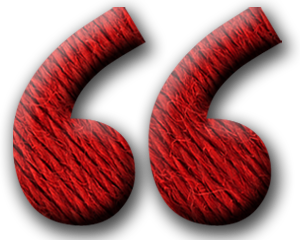 A social change perspective rooted in Black women’s and other women of color’s everyday experiences and everyday methods of problem solving in everyday spaces, extended to the problem of ending all forms of oppression for all people, restoring the balance between people and the environment/nature, and reconciling human life with the spiritual dimension.[2]
A social change perspective rooted in Black women’s and other women of color’s everyday experiences and everyday methods of problem solving in everyday spaces, extended to the problem of ending all forms of oppression for all people, restoring the balance between people and the environment/nature, and reconciling human life with the spiritual dimension.[2]
In the same way Walker leads us to an understanding of womanism rather than defining it, she acquaints us with what The Color Purple is intended to do without putting a label on the genre she has created. And, as Alice Walker herself phrases it… the book’s intent is:
 To explore the difficult path of someone who starts out in life already a spiritual captive, but who, through her own courage and the help of others, breaks free into the realization that she, like Nature itself, is a radiant expression of the heretofore perceived as quite distant Divine.[3]
To explore the difficult path of someone who starts out in life already a spiritual captive, but who, through her own courage and the help of others, breaks free into the realization that she, like Nature itself, is a radiant expression of the heretofore perceived as quite distant Divine.[3]
Therefore, The Color Purple is absolutely a genre-defining womanist novel.

Why Was The Color Purple Banned?
The Color Purple is simultaneously one of the most acclaimed and most banned books in history. Among other accolades, it won the National Book Award for Fiction in 1983, and made Alice Walker the first African-American woman to win the Pulitzer Prize for literature. Yet, it remains among the most banned books in the United States.[4]
Walker’s work was first banned in 1984 Oakland schools. Donna Green, mother of one of the students there, complained about “explicit language,” saying she was “offended by the book’s subject matter and graphic material.”[5]
The complaints levied against The Color Purple in Oakland have set the timbre for the myriad of challenges ever since.
Alice Walker had a thing or two to say about the Oakland banning at the National Writers Union and the Black Women’s Forum that same year:
 Mrs. Green had not actually read the book, according to the papers; she’d “flipped” through it, scanned at least five pages, photocopied those five, and passed them out to the members of the Oakland school board…
Mrs. Green had not actually read the book, according to the papers; she’d “flipped” through it, scanned at least five pages, photocopied those five, and passed them out to the members of the Oakland school board…
I feel I know what Mrs. Green was objecting to. When I learned she’d copied and distributed to the school board five pages from the book, I knew which five pages they were… They are the pages that describe brutal sexual violence done to a nearly illiterate black womanchild, who then proceeds to write down what has happened to her in her own language, from her own point of view. She does not find rape thrilling; she thinks the rapist looks like a frog with a snake between his legs. How could this not be upsetting? Shocking? …
Even I found it almost impossible to let her say what had happened to her as she perceived it without euphemizing it a little. And why? Because once you strip away the lie that rape is pleasant, that rapists have anything at all attractive about them, that children are not permanently damaged by sexual pain, that violence done to them is washed away by fear, silence, and time, you are left with the positive horror of the lives of thousands of children (and who knows how many adults).[6]
As Walker further states, she could have written about Celie’s rape in such “pretty, distancing language that many people would have accepted it as normal” – the way a good number of romance novels do, a genre chockfull of scenarios revolving around “strong,” animalistic male characters, who are also handsome and somehow… charming.[7]
Mrs. Green also made it apparent that she “thought sex should be only heterosexual, and not pleasurable or God-inspired.” Ultimately, as Walker observes, what probably upset Mrs. Green most was “the discovery that there [was] definitely a world view different from her own.”[8]
Most recently – December 2023 – The Color Purple was removed from schools in Orange County, Florida.[9]

What Makes The Color Purple an Important Book?
Alice Walker speaks to the contribution her book makes during a 2012 interview:
 Great Literature is help for humans. It is medicine of the highest order. In a more aware culture, writers would be considered priests. And, in fact, I have approached writing in a distinctly priestess frame of mind. I know what The Color Purple can mean to people, women and men, who have no voice. Who believe they have few choices in life. It can open to them, to their view, the full abundance of this amazing journey we are all on. It can lift them into a new realization of their own power, beauty, love, courage. It is a book that unites the present with the past, therefore giving people a sense of history and of timelessness they might never achieve otherwise. And even were it not “great” literature, it has the best interests of all of us humans at heart. That we grow, change, challenge, encourage, love fiercely in the awareness that real love can never be incorrect.[10]
Great Literature is help for humans. It is medicine of the highest order. In a more aware culture, writers would be considered priests. And, in fact, I have approached writing in a distinctly priestess frame of mind. I know what The Color Purple can mean to people, women and men, who have no voice. Who believe they have few choices in life. It can open to them, to their view, the full abundance of this amazing journey we are all on. It can lift them into a new realization of their own power, beauty, love, courage. It is a book that unites the present with the past, therefore giving people a sense of history and of timelessness they might never achieve otherwise. And even were it not “great” literature, it has the best interests of all of us humans at heart. That we grow, change, challenge, encourage, love fiercely in the awareness that real love can never be incorrect.[10]
Oprah Winfrey was one of the victimized children Walker alluded to when addressing her choice to use direct, unvarnished language about the sexual violence visited upon Celie. Winfrey first read The Color Purple when she was cast as Sofia in the 1984 film. Telling the story of this experience, Winfrey declared:
 The Color Purple changed my life forever. From the moment I read the book—that was my story. Celie’s story was my story. When Celie is writing the letter—‘Dear God, I’m 14 years old, please explain what’s happening to me?’—that was my story.
The Color Purple changed my life forever. From the moment I read the book—that was my story. Celie’s story was my story. When Celie is writing the letter—‘Dear God, I’m 14 years old, please explain what’s happening to me?’—that was my story.
Winfrey has revealed that she “was raped at 9 years old by a cousin, then again by another family member, and another family member. [11]
I couldn’t believe that Alice Walker had actually penned a story about a girl who was going through the same thing that I was going through in my life. Somebody else knew how I felt. I related so much to Celie’s story and found hope. [12]
couldn’t believe that Alice Walker had actually penned a story about a girl who was going through the same thing that I was going through in my life. Somebody else knew how I felt. I related so much to Celie’s story and found hope. [12]
Winfrey’s response to The Color Purple exemplifies one of the chief reasons why stories like this need to be told. Girls like Celie and Oprah, those who have experienced sexual abuse, need to know they’re not alone. More importantly, they need to realize that what happened to them was not their fault – that they did nothing to deserve it.
But, it isn’t just girls who benefit from reading books like The Color Purple. It’s crucial that young men cultivate empathy. That they recognize women are not a commodity at their disposal. And understand how devastating actions like those described in Walker’s work are.
Young men also benefit from realizing that the hierarchical dynamic at play in The Color Purple, one that facilitates women being dominated and abused by men, is just as harmful to them as it is to the women being abused. And that point is missed if descriptions of difficult events are sugar-coated.
Those who grew up/are growing up on the other side of the proverbial tracks from the characters portrayed in Walker’s work also benefit from reading it. Her book shines a light on unexamined gender, class, and racial strife. It lays bare realities of history that many are trying to erase.
The Color Purple exposes members of majority culture to situations they’ve likely never had to deal with. It’s a window into the daily difficulties associated with being on the receiving end of racism. And, what it’s like to be at the mercy of a court system steeped in racial disparity.
Reading this epistolary novel helps them realize that many of the notions they’ve absorbed about Black history and African-Americans are one-dimensional and myopic –something Walker’s work simply does not allow.[13]
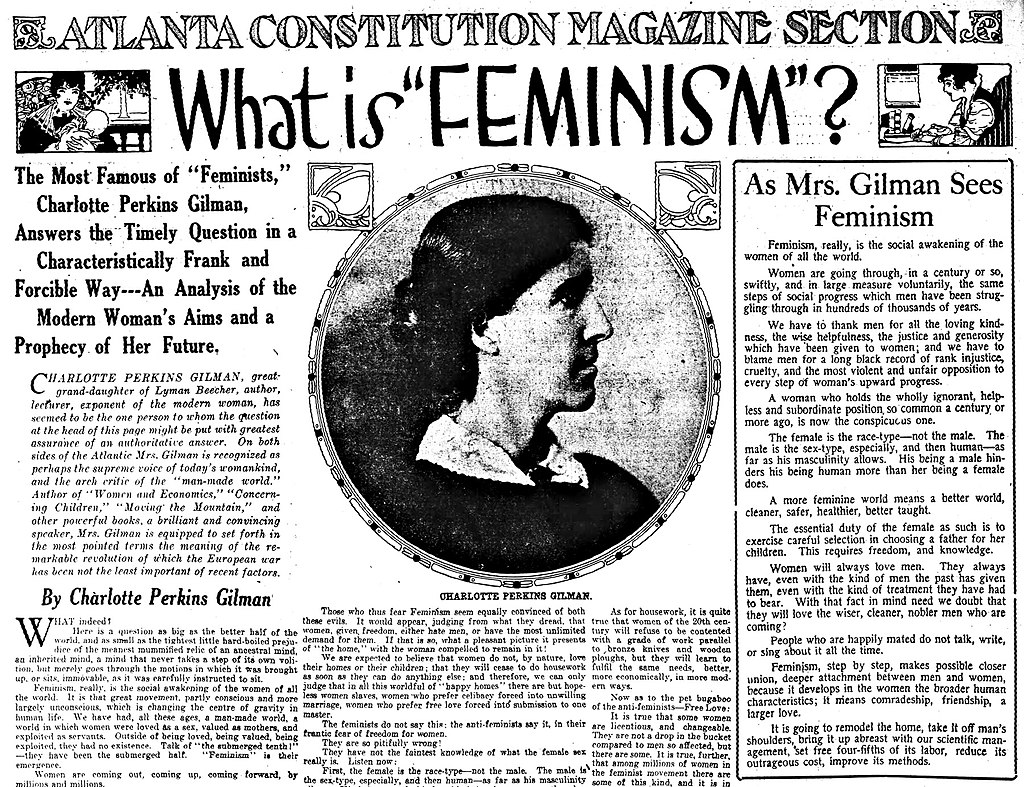
What’s the Difference Between Womanism and Feminism?
In a 1 984 interview, Walker said she chose the term Womanism because:
 … it is better than feminism, I chose it because I prefer the sound, the feel, the fit of it; because I cherish the spirit of the women and because I share the old ethnic-American habit of offering society a new word when the old word it is using fails to describe the behavior Only a new word can help it more fully see.[14]
… it is better than feminism, I chose it because I prefer the sound, the feel, the fit of it; because I cherish the spirit of the women and because I share the old ethnic-American habit of offering society a new word when the old word it is using fails to describe the behavior Only a new word can help it more fully see.[14]
Historically, many first-wave feminists (from the mid-19th to the mid-20th century) quite simply ignored the concerns of women of color. These issues were considered questions of race, and consequently a distraction from the fight for the legal rights of women.
During and following the civil rights movement of the 1950s and 1960s, second-wave feminism emphasized “sisterhood,” insisting on mutual solidarity to achieve its goals. Though this emphasis appears to be “color-blind,” it effectively isolated feminists of color.
The third wave of feminism (beginning in the mid-1990s) consciously addressed issues of social justice, including racism and classism, in addition to sexism. Despite this expanded perspective and more inclusive activism, it still appeared that feminism did not fully appreciate the importance of intersectionality. And, that the feminist movement remained focused on the experiences of white middle-class (or non-working class) women.[15]
Womanism, on the other hand, situates the Black woman in history and [their development in a cultural context] – in opposition to negative and inaccurate stereotypes common within American society. It also frames the context of her survival within that of the larger community, where the fate of women and that of men are linked.[16]
Her characterization of womanism famously states, “womanist is to feminist as purple to lavender.”[17] This distinction suggests that womanism constitutes a broader movement, one capable of encompassing the wider array of experiences of women of color. And, as such, addresses the complexities of intersectional systems of oppression.[18]
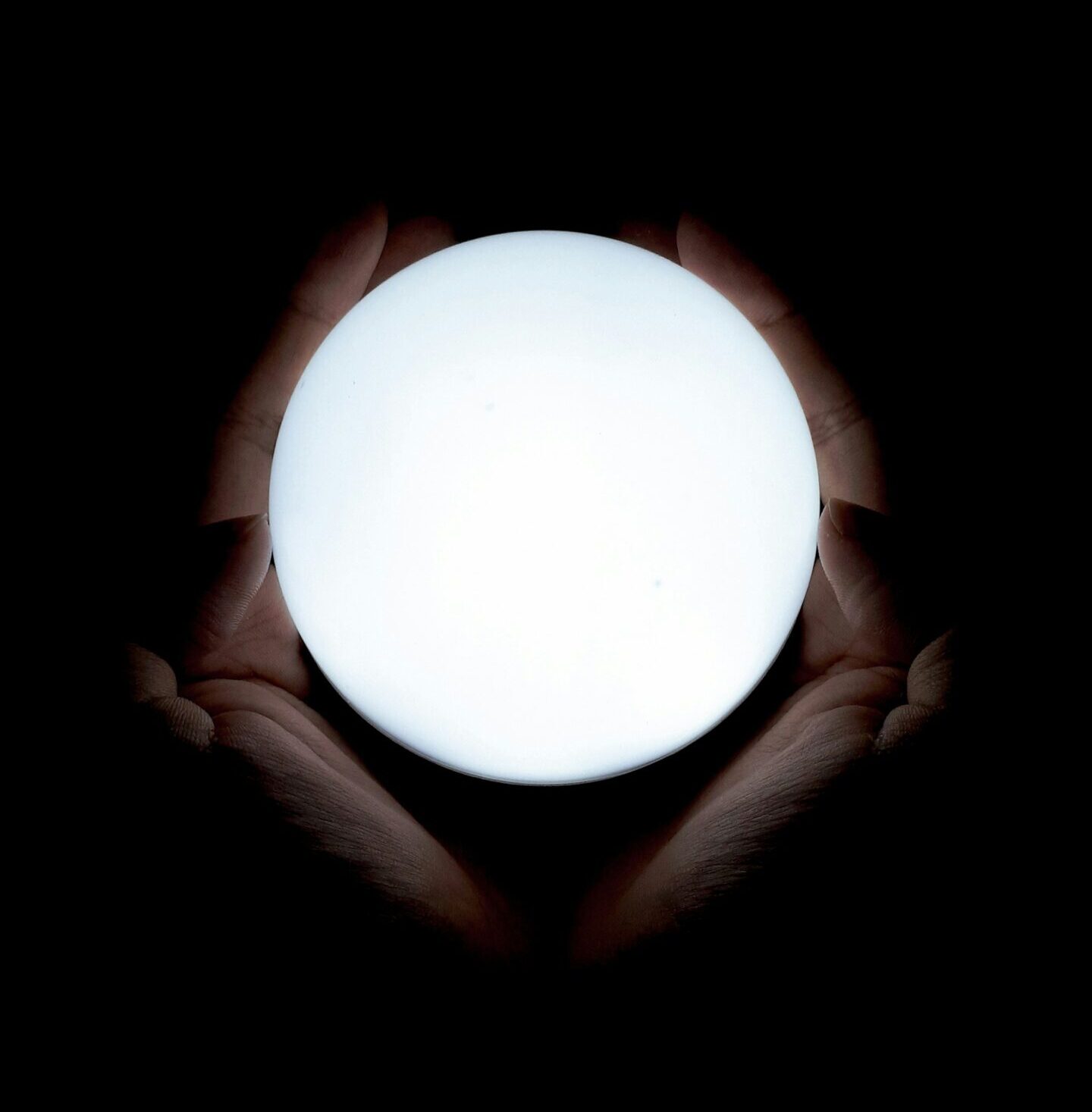
What Are The Attributes of a Womanist?
As noted above, Alice Walker delineates the attributes of a womanist in her collection of essays In Search of Our Mother’s Gardens. The term itself stems from the Southern black folk expression of mothers to their female children, “You acting womanish.” In other words, like a woman. Womanish girls behave in “outrageous, audacious, courageous or willful ways.”
Womanish girls want to “know more and in greater depth” than is considered good for them. They’re “interested in doing grown-up things. Acting grown-up. Being grown up.”
Walker notes that the term is “interchangeable with another black folk expression: ‘You trying to be grown. Responsible. In charge. Serious.”
She further states that a womanist is:
 A woman who loves other women, sexually and/or nonsexually. Appreciates and prefers women’s culture, women’s emotional flexibility (values tears as natural counterbalance of laughter), and women’s strength. Sometimes loves individual men, sexually and/or nonsexually. Committed to survival and wholeness of entire people, male and female. Not a separatist, except periodically, for health. Traditionally a universalist, as in: “Mama, why are we brown, pink, and yellow, and our cousins are white, beige and black?” Ans. “Well, you know the colored race is just like a flower garden, with every color flower represented.” Traditionally capable, as in: “Mama, I’m walking to Canada and I’m taking you and a bunch of other slaves with me.” Reply: “It wouldn’t be the first time.”
A woman who loves other women, sexually and/or nonsexually. Appreciates and prefers women’s culture, women’s emotional flexibility (values tears as natural counterbalance of laughter), and women’s strength. Sometimes loves individual men, sexually and/or nonsexually. Committed to survival and wholeness of entire people, male and female. Not a separatist, except periodically, for health. Traditionally a universalist, as in: “Mama, why are we brown, pink, and yellow, and our cousins are white, beige and black?” Ans. “Well, you know the colored race is just like a flower garden, with every color flower represented.” Traditionally capable, as in: “Mama, I’m walking to Canada and I’m taking you and a bunch of other slaves with me.” Reply: “It wouldn’t be the first time.”
A womanist also:
 Loves music. Loves dance. Loves the moon. Loves the Spirit. Loves love and food and roundness. Loves struggle. Loves the Folk. Loves herself. Regardless.
Loves music. Loves dance. Loves the moon. Loves the Spirit. Loves love and food and roundness. Loves struggle. Loves the Folk. Loves herself. Regardless.
And finally, as mentioned above, “Womanist is to feminist as purple is to lavender.”[19]

What is the Significance of Purple?
Purple is the color of the Women’s Liberation Movement, and has historically been associated with efforts to achieve gender equality.
In 1908, the color purple represented justice and dignity. Purple also symbolizes visionary thinking, and support for people who broke down career barriers making it possible for women to work in industries traditionally denied to them.
The significance of this color to the women’s movement of the 1930s was crystallized in Alice Walker’s work of the same name. [20]
And, here’s an interesting thing about the color purple, one that reflects the womanism it has come to represent… as a color on the light spectrum, it can’t exist on its own. And in color theory, purple appears as a line on the edge of the spectrum where the other colors are most saturated, stretching from one endpoint to the other.
It’s the color of relationship, touching all the other colors at the point when they are most fully themselves.[21]
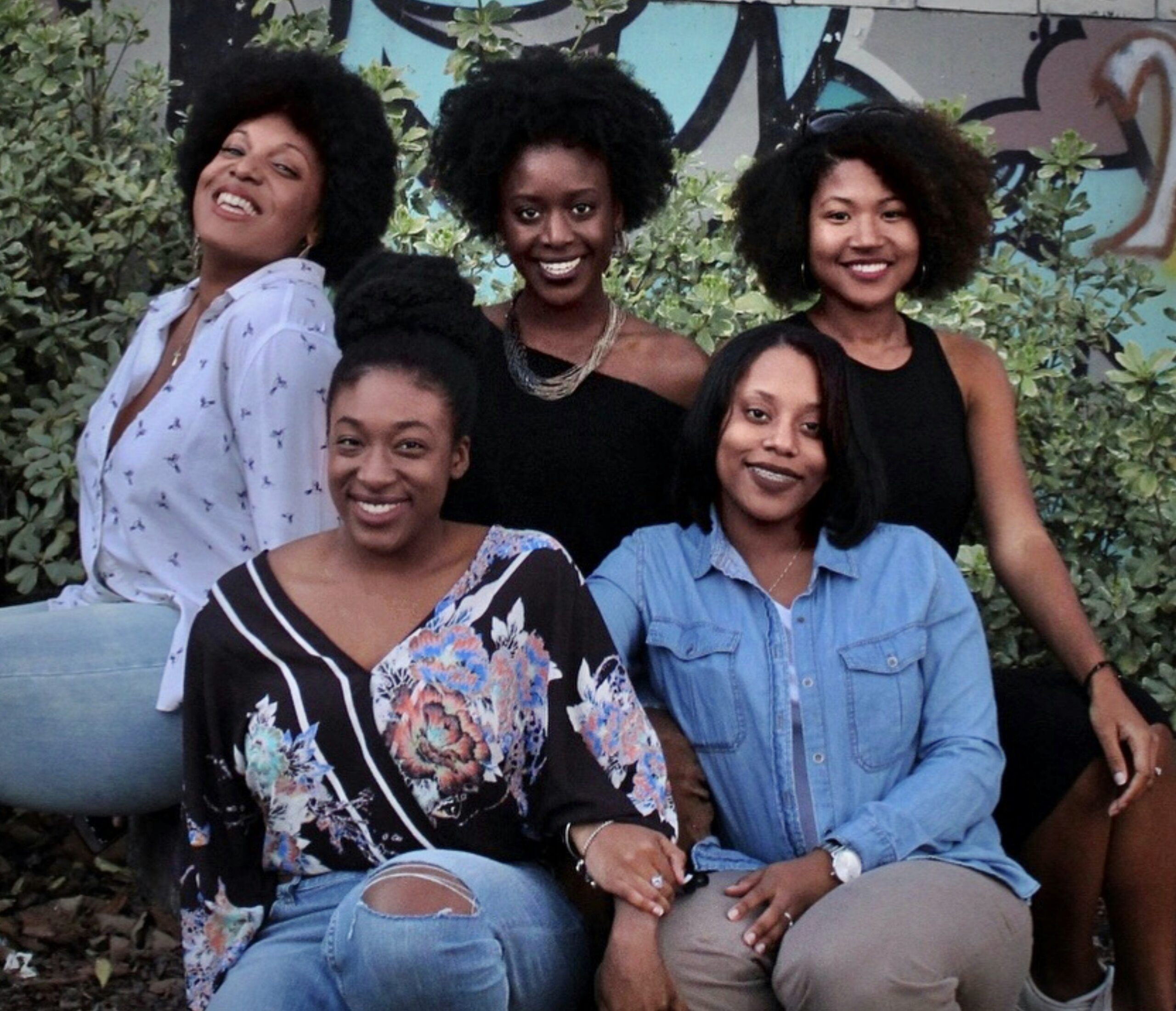
Womanism Within The Color Purple
Alice Walker describes The Color Purple as a historical novel. Not one that starts with “the taking of lands, or the births, battles, and deaths of Great Men,” however. But, diverting from the typical patriarchal concerns, a history that starts “with one woman asking another for her underwear.”[22] Bearing this description in mind, The Color Purple is clearly about the bonding of women.
Walker’s protagonist Celie, whose evolution is depicted over the course of the book, is a product of the intersectional systems of oppression addressed by womanism. And there’s Sofia, who exemplifies defiance, whether against the gender oppression embodied in a husband who tries to make his wife “mind,” or racial oppression from the community’s social order.
Though Mary Agnes is a minor player, what she characterizes is significant. Which is, as her nickname Squeak
indicates, the societal expectation that women are meek and ineffectual, especially around men.
Shug Avery completes the sisterhood, personifying womanism itself. Not only with her audacious, personality, but womanism’s sexual and emotional aspects as well. Being a singer, she clearly loves music, as well as dancing to the blues songs she sings. And her extremely successful career proves she’s more than capable.
Shug also sees God as the spirit connecting us to all of nature. And gives voice to the idea that this spirit made the color purple just to please us, in order to get our attention.
As the face of womanism, she functions as the catalyst for Celie’s development. But as Walker explicitly states, she isn’t writing strictly for women any more than Tolstoy only wrote for Russians.[23]
As noted above, Walker’s work “explores the difficult path of someone who starts out in life as a spiritual captive.” And The Color Purple is indeed Celie’s story. However, in keeping with womanism’s commitment to “survival and wholeness of entire people, male and female,” it also reveals that patriarchy is damaging to men as well.
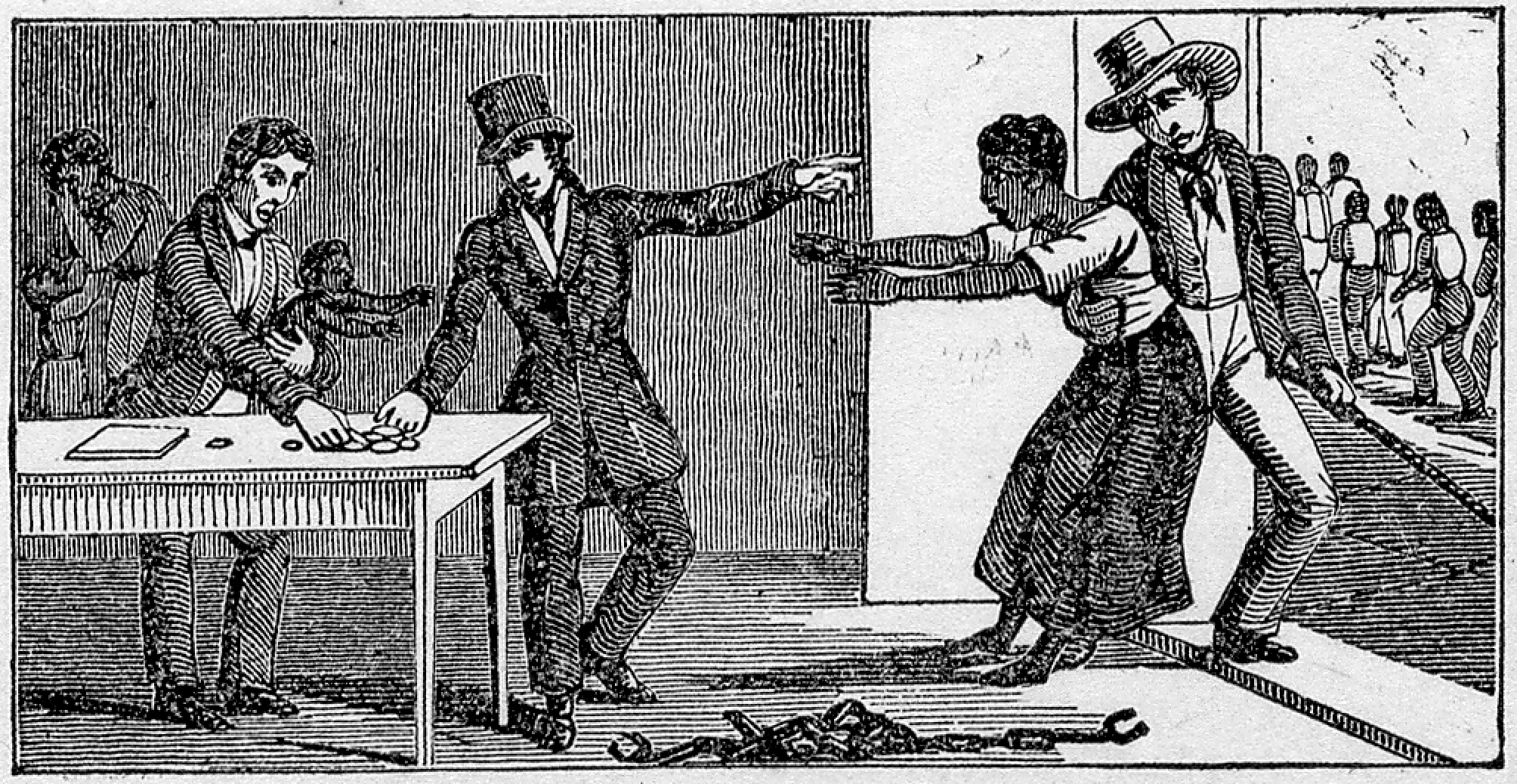
In Keeping With Womanism, Celie is Situated in History.
The Color Purple opens with a warning from Celie’s stepfather, who had just raped her. “You better never tell nobody but God. It’d kill your mammy.”[24] So, that’s exactly what Celie did – wrote a letter to God about what she has been enduring. Celie keeps writing letters to God, and the structure of Walker’s book is born.
According to Walker, she chose the epistolary structure because “it had a lot to do with understanding the character of Celie.”[25] Someone in Celie’s position would have no one else to tell. And, consistent with womanism, it situates Celie in history. Her position is similar to enslaved African American women, who would have no one to tell but God when something like this happened to them. Walker specifically states, “Celie is very much in this tradition.”[26]
Like enslaved African American women before her, Celie’s babies are taken from her. And, she has no idea where they are, what has happened to them, or even if they are still alive.[27]
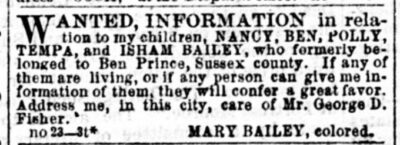
.
When Mr asks for Celie’s sister Nettie’s hand in marriage, their stepfather insists he take Celie instead – a deal that is arranged without Celie’s consent, or even knowledge. This forced marriage parallels the exploitation of enslaved African American women. And the scenario looks for all the world like a slave auction:
 Mr. come finally one day looking all drug out. The woman he had helping him done quit. His mammy done said No more.
Mr. come finally one day looking all drug out. The woman he had helping him done quit. His mammy done said No more.
He say, Let me see her again.
Pa call me. Celie, he say. Like it wasn’t nothing. Mr. want to take a look at you.
I go stand in the door. The sun shine in my e yes. He’s still up on his horse. He look me up and down.
Pa rattle his newspaper. Move up, he won’t bite, he say… Turn round, Pa say.
I turn round…
Mr. say, That cow still coming? [28]

Walker Situates Celie in a Cultural Context As Well
Walker also situates Celie in the patriarchal culture that overlaps African American history. Like so many women before her, this male-dominated culture forces Celie into a position of powerlessness, without the ability to shape an identity. Celie’s lack of identity is confirmed by the fact that her letters to God go unsigned.
Mr. repeatedly poisons Celie’s sense of self by taunting her, “Look at you. You black, you pore, you ugly, you a woman… you nothing at all.” [29] The pervasive and generational nature of this culture becomes evident in the following passage, when Harpo asks his father why he beats Celie:
 Mr. say. Cause she my wife. Plus, she stubborn. All women good for— he don’t finish. He just tuck his chin over the paper like he do. Remind me of Pa.
Mr. say. Cause she my wife. Plus, she stubborn. All women good for— he don’t finish. He just tuck his chin over the paper like he do. Remind me of Pa.
Harpo ast me. How come you stubborn? He don’t ast How come you his wife? Nobody ast that. [30]
The passage above isn’t just about Mr. and his abusive nature. Celie has been at the receiving end of this abusive attitude from the other male authority in her life as well. And, though Harpo does talk to Celie about the conversation mentioned above, his response is to put the onus on Celie rather than consider the question that would acknowledge her personhood.
These tactics clearly work. Celie has been rendered incapable of fighting back, a reality she confesses to Sofia after being called out for telling Harpo he should beat her:
 I say it cause I’m a fool, I say. I say it cause I’m jealous of you. I say it cause you do what I can’t. What that? she say.
I say it cause I’m a fool, I say. I say it cause I’m jealous of you. I say it cause you do what I can’t. What that? she say.
Fight. I say. [31]
In an exchange with Mr ’s sister about standing up to her brother, a defeated and dejected Celie responds with “What good it do? I don’t fight, I stay where I’m told. But I’m alive.” [32] And to add insult to literal injury, Celie is economically dependent on Mr. . Which is precisely the state of voicelessness and negative self-perception this male dominated culture generates.
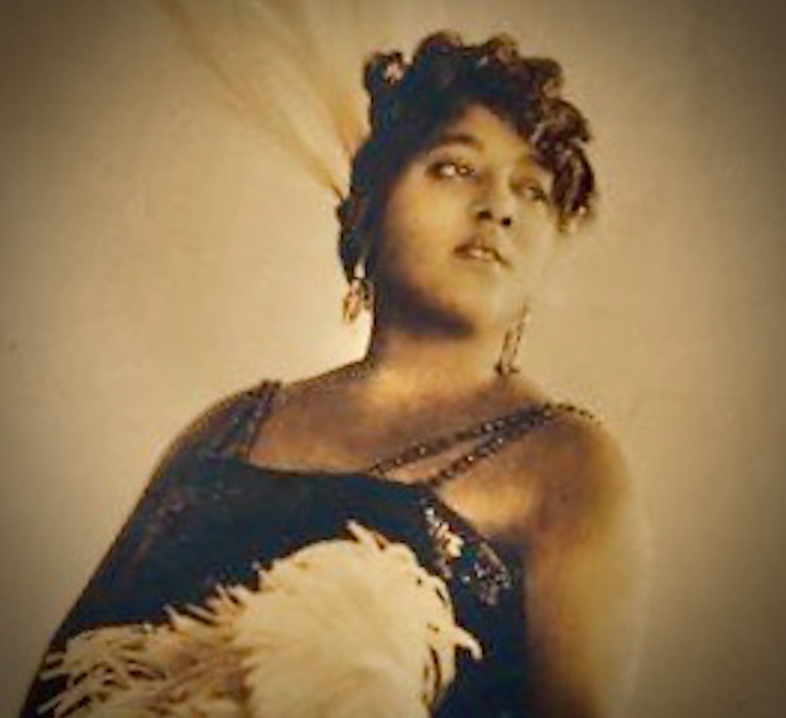
Shug is Portrayed in the Tradition of Great Blues Women
.
As alluded to above, Walker created the Shug Avery character in the tradition of the great female blues singers of the early 20th century. Mr brought Shug into his house at a time when she was very ill and no one else would take her in… not even her own mother. Celie, of course, had not been consulted or even alerted to the fact that Shug would be staying with them. But Celie’s reaction is:
 Come on in, I want to cry. To shout. Come on in. With God help, Celie going to make you well. But I don’t say nothing. It not my house. [33]
Come on in, I want to cry. To shout. Come on in. With God help, Celie going to make you well. But I don’t say nothing. It not my house. [33]
And, as Celie nurses Shug back to physical health, Shug helps Celie heal psychologically. She teaches Celie to love herself, introduces her to a more inclusive form of spirituality, and shows her how to be self-sufficient.
Celie is smitten with Shug. And through the intimate relationship that develops between them, she learns to see her body as something other than the location of her abuse and pain. She also begins to see herself as being worthy of love.
Shug also helps Celie make contact with her sister Nettie, who was driven away by Mr for refusing to succumb to his advances. Directing his anger at Celie, Mr hid the countless letters Nettie had written to her over a number of years, leaving Celie feeling more isolated than ever.
When Shug realizes the “letters with a lot of funny looking stamps” she’d seen in Mr ’s mailbox were probably from Nettie, she hatches a plan to get them to their intended receiver… Celie. [34]
This is the point when Celie finally lets herself feel her anger rather than shutting down:
 I watch him so close, I begin to feel a lightening in the head…
I watch him so close, I begin to feel a lightening in the head…
All day long I act just like Sofia. I stutter. I mutter to myself. I stumble bout the house crazy for Mr. blood. In my mind, he falling dead every which a way. [35]
But Shug keeps Celie from doing anything stupid in a fit of rage, and soothes her through the night, helping Celie redirect her anger.
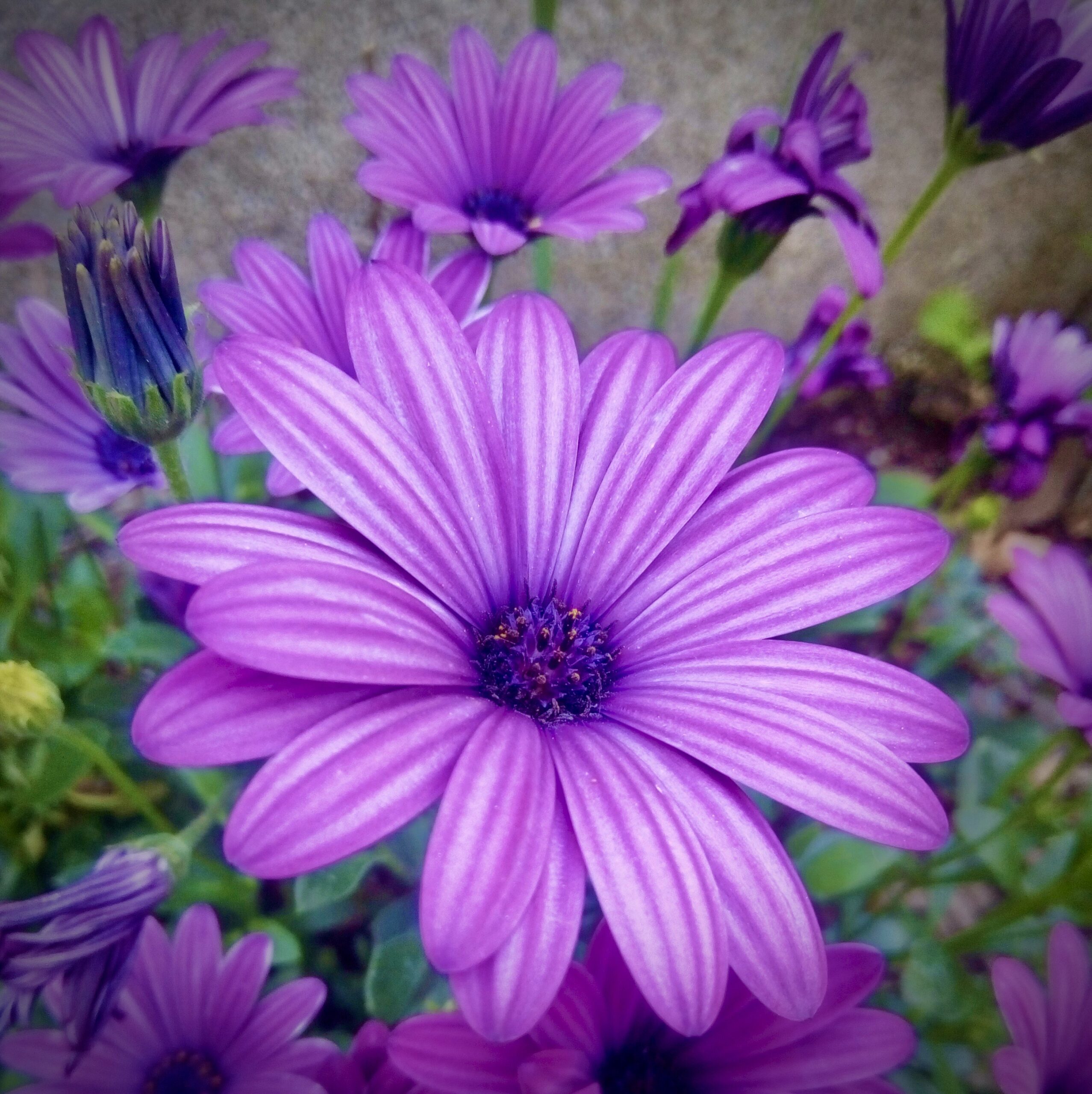
Shug Helps Celie Reconcile with Spiritual Life
Now that she no longer sees her situation as normal or something she has brought on herself, Celie begins to question the patriarchal God she has been raised with. The one she’s been trying to please, seemingly to no avail. The one that informs the societal structures so damaging to her.
Celie tells Nettie in a letter that she doesn’t write to God anymore, and Shug asks why that is:
 What God do for me? I ast…
What God do for me? I ast…
… he give me a lynched daddy, a crazy mamma, a lowdown dog of a step pa and a sister I probably won’t ever see again. Anyhow, I say, the God I been praying and writing to is a man. And act just like all the other mens I know…
If he ever listened to poor colored women the world would be a different place, I can tell you. [36]
So, Shug introduces Celie to the inclusive, womanistic view of a spirituality where God is in the world around them:
 God ain’t a he or a she, but a It. But what do it look like? I ast.
God ain’t a he or a she, but a It. But what do it look like? I ast.
Don’t look like nothing, she say. It ain’t a picture show. It ain’t something you can look at apart from anything else, including yourself. I believe God is everything, say Shug. Everything that is or ever was or ever will be. And when you feel that, and be happy to feel that, you’ve found It.
Shug relates that her first step away from the patriarchal religion she and Celie were both raised in “was trees”:
 Then air. Then birds. Then other people. But one day when I was sitting quiet and feeling like a motherless child, which I was, it come to me: that feeling of being part of everything, not separate at all. I knew that if I cut a tree, my arm would bleed. And I laughed and I cried and I run all around the house. I knew just what it was. In fact, when it happen, you can’t miss it. [37]
Then air. Then birds. Then other people. But one day when I was sitting quiet and feeling like a motherless child, which I was, it come to me: that feeling of being part of everything, not separate at all. I knew that if I cut a tree, my arm would bleed. And I laughed and I cried and I run all around the house. I knew just what it was. In fact, when it happen, you can’t miss it. [37]
Elaborating, Shug goes on to say that this concept of God is “always trying to please us back… making little surprises and springing them on us when us least expect it” – the color purple, for example. [38]
Their conversation about God made Celie realize she had never truly noticed the beauty around her. More importantly, this understanding of God helped to diminish the debilitating sense of victimhood that had defined her identity since she was fourteen years old:
 Next to any little scrub of a bush in my yard, Mr.’s evil sort of shrink. But not altogether. Still, it like Shug say, You have to git man off your eyeball, before you can see anything a ‘tall. [39]
Next to any little scrub of a bush in my yard, Mr.’s evil sort of shrink. But not altogether. Still, it like Shug say, You have to git man off your eyeball, before you can see anything a ‘tall. [39]
It’s interesting to note that at this point Celie begins closing her letters to Nettie with “Amen,” something she never did when her concept of God was patriarchal and judgmental in nature.
Ultimately, Celie did write to God again. As The Color Purple opens with a letter to God, so it closes with one. But this time, Celie’s salutation reflects the inclusive womanist spirituality Shug has opened her eyes to: “Dear stars, dear trees, dear sky, dear peoples. Dear Everything. Dear God.” [40]

Celie’s Financial Independence By Way of Folkspants Unlimited
Celie acts on her burgeoning sense of self during a dinner when Shug announces she’ll be returning to Memphis, that Celie will be going with her. As usual, Mr directs his anger toward Celie.
 Mr_____ start up from his seat, look at Shug, plop back down again. He look over at me. I thought you was finally happy, he say. What wrong now?
Mr_____ start up from his seat, look at Shug, plop back down again. He look over at me. I thought you was finally happy, he say. What wrong now?
You a lowdown dog is what’s wrong, I say. It’s time to leave you and enter into the Creation. [41]
Celie’s response is pivotal. Not only because she’s standing up to Mr , but because the image of entering into the Creation signifies her transformation into someone new. As the Memphis-bound group is about to drive away, Celie spits the words she’s heard so often back in Mr ____’s face, “I’m pore, I’m black, I may be ugly and can’t cook,” finishing with “But I’m here.” Her sense of self has crystallized.
At one point, Mr_____ attacks Celie with the only thing he has left to hold over her head – financial dependence:
 You not gitting a penny of my money, Mr. say to me. Not one thin dime. [42]
You not gitting a penny of my money, Mr. say to me. Not one thin dime. [42]
Not surprisingly, a lack of Mr ’s money doesn’t prove to be a problem. Celie is more than capable of supporting herself, when she turns the (significantly unisex) pants she has designed and starts making for friends and family into a full-blown business. And once again it’s Shug, the face of womanism, who aids in Celie’s development. Not only by pointing her an entrepreneurial direction, but supporting and encouraging her along the way.
It’s also noteworthy that Squeak – rather, Mary Agnes – goes to Memphis with them. Her doing so, touches on the importance of having a sense of purpose, financial independence aside:
 You going What? say Harpo. He so surprise. He begin to sputter, sputter, just like his daddy. Sound like I don’t know what.
You going What? say Harpo. He so surprise. He begin to sputter, sputter, just like his daddy. Sound like I don’t know what.
I want to sing, say Squeak. Sing! say Harpo.
Yeah, say Squeak. Sing. I ain’t sung in public since Jolentha was born. Her name Jolentha. They call her Suzie Q.
You ain’t had to sing in public since Jolentha was born. Everything you need I done provided for. I need to sing, say Squeak.
Listen Squeak, say Harpo. You can’t go to Memphis. That’s all there is to it. Mary Agnes, say Squeak.
Squeak, Mary Agnes, what difference do it make?
It make a lot, say Squeak. When I was Mary Agnes I could sing in public. [43]
It’s at this point in the story that Celie tells Nettie:
 I am so happy. I got love, I got work, I got money, friends and time. And you alive and be home soon. With our children. [44]
I am so happy. I got love, I got work, I got money, friends and time. And you alive and be home soon. With our children. [44]
Her life and sense of self reflects the fundamental aspects of womanism. Celie’s evolution, and the sisterhood that developed along the way, is now complete.

Womanism Takes the Well-Being of Men Into Account Too
Let’s not forget, womanism also includes the well-being of men. And, that (ironically) patriarchal systems are damaging to men as well as women.
The most obvious example of the detrimental effects male dominant social structures have on men, is the way it destroys Harpo’s relationship with Sofia. Her strong personality was always front and center. And they were very much in love.
But after they married, Mr_____ insinuated Harpo was less than a man because he was lending a hand with their baby. Shortly thereafter, Harpo began trying to “make [Sofia] mind.” [45] Mr_____ advised Harpo to beat Sofia:
 Well, how you spect to make her mind? Wives is like children. You have to let ‘em know who got the upper hand. Nothing can do that better than a good sound beating. [46]
Well, how you spect to make her mind? Wives is like children. You have to let ‘em know who got the upper hand. Nothing can do that better than a good sound beating. [46]
It gets to the point where Sofia has finally had enough of having to fight her own husband, so she leaves him. And Harpo is devastated. Not only does he actually love her, unlike the relationship between Mr_____ and Celie, the cultural requirement for a man to dominate his wife leaves him feeling inadequate.
The effect of patriarchy on Mr is even sadder still. It’s important to note that Celie doesn’t even know his given name, that she refers to her husband by the title Mr for the majority of the book. As Celie’s unsigned letters to God indicates she lacks a sense of self, Mr_____ missing a name signifies an absence of personhood. He fulfills the patriarchal expectations of his title, but as the literary device suggests Mr_____ is only the shell of a man, one who is the bitter, vicious, and abusive.
Shug, however, calls Mr by his given name – Albert. She knows the kind of man he used to be, and could still be if not for patriarchal hierarchy. He was once a vibrant and happy man who was funny and loved to dance, who loved Shug and loves her still.
But, his father didn’t approve of Shug. And, as Albert himself states, “I wanted Shug. But my daddy was the boss. He gave me the wife he wanted me to have.” [47]
Albert buckled under patriarchal pressure. He wound up with a woman he didn’t love, with children he didn’t want, working land that wouldn’t be his until his father passed away. It “ate him alive” as the expression goes, and he passed his misery forward, including a life impaired by patriarchal hierarchy to his son Harpo.

The Larger Effects of Womanism
Ultimately, Mr_____ becomes a changed man. He’s no longer quick to judge. He starts working hard, and even cooks and cleans “just like a woman.” He also learns to appreciate “some of the things God was playful enough to make.” [48] And finally, he and Celie form a genuine bond of friendship. She even starts referring to him as Albert, symbolizing his return to wholeness.
Celie’s departing curse, “until you do right by me, everything you touch will crumble,” clearly had an effect. [49] That, combined with Shug severing relations because he was mistreating someone she loves.
After Celie and Shug went to Memphis, Mr_____ had a rough time of things. He shut himself up in his house. He couldn’t sleep. Harpo would find him “all cram up in a corner of the bed. Eyes clamp on different pieces of furniture, see if they move in his direction.” [50] In true Poe-like fashion, the worst part was listening to his own heartbeat, which beat so loud at night it sounded like drums.
Harpo finally convinced his father to send Celie the rest of Nettie’s letters. Unbeknownst to him, of course, she had already read them, but he was finally doing right by her. And, it was then that he began to improve.
During Mr ’s darkest days, Harpo frequently slept with his father to calm his fear about whatever he thought was haunting the house. And, that nurturing image of Harpo reignited Sofia’s feelings for him.
Mary Agnes realized her dream of becoming a successful singer.
And finally, Nettie returns from Africa, and Celie is reunited with her beloved sister and the children who were torn away from her all those years ago. In her final letter, this time to Dear Everything, Celie describes herself:
 I feel a little peculiar round the children. For one thing, they grown. And I see they think me and Nettie and Shug and Albert and Samuel and Harpo and Sofia and Jack and Odessa real old and don’t know much what going on. But I don’t think us feel old at all. And us so happy. Matter of fact, I think this the youngest us ever felt. [51]
I feel a little peculiar round the children. For one thing, they grown. And I see they think me and Nettie and Shug and Albert and Samuel and Harpo and Sofia and Jack and Odessa real old and don’t know much what going on. But I don’t think us feel old at all. And us so happy. Matter of fact, I think this the youngest us ever felt. [51]
This sentiment is more than Walker simply wrapping her work up with the proverbial Hollywood ending, however. The Color Purple closes with a womanist concept reflected in Walker’s work The Gospel According to Shug:
 HELPED are those who love the broken and the whole; none of their children, now any of their ancestors, nor any parts of themselves, shall be hidden from them.[52]
HELPED are those who love the broken and the whole; none of their children, now any of their ancestors, nor any parts of themselves, shall be hidden from them.[52]
The people Walker introduces us to in The Color Purple have indeed been helped by the womanism this genre-defining work is grounded in.
That’s my take on Alice Walker’s The Color Purple — what’s yours?
For all you educators, download this free Teachers’ Guide.
Share This Post, Choose a Platform!
Endnotes:
[1] “Do you agree that The Color Purple is a “womanist” rather than a “feminist” text?” eNotes Editorial, 29 Oct. 2022. https://www.enotes.com/topics/color-purple/questions/do-you-agree-that-the-color-purple-is-a-womanist-3086589
[2] Phillips, Layli. “Introduction. Womanism: On Its Own.” In The Womanist Reader. Edited by Layli Phillips. New York and Abingdon: Routledge, 2006. Pg xx.
[3] Walker, Alice. “Preface.” The Color Purple. New York: Mariner Books Houghton Mifflin Harcourt, 1992.
[4] Cole, Olivia A. “The Color Purple and the Toppling of American Gods.” PEN America. September 21, 2016. https://pen.org/the-color-purple-and-the-toppling-of-american-gods/
Shaffer, Madelyn. “An Inspiration to African-American Women.” Millersville University.
[5] ‘The Color Purple,’ a Pulitzer Prize-winning novel, has been…” UPI Archives. May 3, 1984.
[6] Walker, Alice. “Coming in From the Cold: Welcoming the Old, Funny-Talking Ancient Ones into the Warm Room of Present consciousness, or, Natty Dread Rides Again!” in Living by the Word. New York: Harcourt Brace Jovanovich, Publishers, 1988. Pg 58.
[7] Walker, Alice. “Coming in From the Cold: Welcoming the Old, Funny-Talking Ancient Ones into the Warm Room of Present consciousness, or, Natty Dread Rides Again!” in Living by the Word. New York: Harcourt Brace Jovanovich, Publishers, 1988. Pg 58.
[8] Walker, Alice. “Coming in From the Cold: Welcoming the Old, Funny-Talking Ancient Ones into the Warm Room of Present consciousness, or, Natty Dread Rides Again!” in Living by the Word. New York: Harcourt Brace Jovanovich, Publishers, 1988. Pg 58.
[9] Briquelet, Kate. “’The Color Purple’ Removed From Schools Under New Florida Law.” Daily Beast. December 21, 2023. https://www.thedailybeast.com/the-color-purple-removed-from-school-classrooms-under-new-florida-law
[10] “Alice Walker: Writing What’s Right.” Guernica/15 years of global arts & politics. October 1, 2012. https://www.guernicamag.com/alice-walker-writing-whats-right/
[11] Morris-Marr, Lucie. “Oprah Winfrey in Melbourne for Australian tour 2015 spreads a message of love, reveals lost child.” News.com.au December 3, 2015.
[12] Chi, Paul. “Oprah Comes Full Circle with The Color Purple: “That Was My Story.” Vanity Fair. December 7, 2023.
[13] King, Amy. “On Alice Walker’s The Color Purple.” PEN America. October 24, 2012. https://pen.org/on-alice-walkers-the-color-purple/
[14] Bradley, David. “Novelist Alice Walker Telling the Black Woman’s Story.” The New York Times. January 8, 1984.
[15] Weida, Kaz. “Womanism.” Encyclopedia Britannica. https://www.britannica.com/topic/womanism
Little, Becky. “How Early Suffragists Left Black Women Out of Their Fight.” November 8, 2017. History.com
https://www.history.com/news/suffragists-vote-black-women
[16] Shi, Long. “Womanism and The Color Purple.” Advances in Social Science, Education and Humanities Research,
volume 490. Pp653-656.
[17] Walker, Alice. In Search of Our Mothers’ Gardens. New York: A Harvest Book Harcourt, Inc., 1983. Pg xii.
[18] Weida, Kaz. “Womanism.” Encyclopedia Britannica. https://www.britannica.com/topic/womanism
[19] Walker, Alice. In Search of Our Mothers’ Gardens. New York: A Harvest Book Harcourt, Inc., 1983. Pg xi-xii.
[20] Hall, Stephanie. “Symbolism in the Women’s Suffrage Movement.” Library of Congress blog. August 24, 2020. https://blogs.loc.gov/folklife/2020/08/symbolism-in-the-womens-suffrage-movement/#
“Celebrating Women’s History Month.” March 8, 2023.Rutgers University Libraries. https://www.libraries.rutgers.edu/news/celebrating-womens-history-month
[21] Color Perception. http://hyperphysics.phy-astr.gsu.edu/hbase/vision/colper.html
Reverend Doyt Conn. “The Color Purple.” https://epiphanyseattle.org/sermon/the-color-purple/
[22] Walker, Alice. “Writing The Color Purple.” In Search of Our Mothers’ Gardens. New York: A Harvest Book Harcourt, Inc., 1983. Pg 356.
[23] Fancher, Faith. “Men Are Not the Center of Alice Walker’s Universe.” July 3, 1985. NPR https://www.npr.org/transcripts/808305443
[24] Walker, Alice. The Color Purple. New York: Mariner Books Houghton Mifflin Harcourt, 1992. Pg 1.
[25] Fancher, Faith. “Men Are Not the Center of Alice Walker’s Universe.” July 3, 1985. NPR https://www.npr.org/transcripts/808305443
[26] Fancher, Faith. “Men Are Not the Center of Alice Walker’s Universe.” July 3, 1985. NPR https://www.npr.org/transcripts/808305443
[27] Walker, Alice. The Color Purple. New York: Mariner Books Houghton Mifflin Harcourt, 1992. Pg 3.
[28] Walker, Alice. The Color Purple. New York: Mariner Books Houghton Mifflin Harcourt, 1992. Pp 10-11.
[29] Walker, Alice. The Color Purple. New York: Mariner Books Houghton Mifflin Harcourt, 1992. Pg 206.
[30] Walker, Alice. The Color Purple. New York: Mariner Books Houghton Mifflin Harcourt, 1992. Pg 22.
[31] Walker, Alice. The Color Purple. New York: Mariner Books Houghton Mifflin Harcourt, 1992. Pg 40.
[32] Walker, Alice. The Color Purple. New York: Mariner Books Houghton Mifflin Harcourt, 1992. Pg 21.
[33] Walker, Alice. The Color Purple. New York: Mariner Books Houghton Mifflin Harcourt, 1992. Pg 45.
[34] Walker, Alice. The Color Purple. New York: Mariner Books Houghton Mifflin Harcourt, 1992. Pg 118.
[35] Walker, Alice. The Color Purple. New York: Mariner Books Houghton Mifflin Harcourt, 1992. Pg 120.
[36] Walker, Alice. The Color Purple. New York: Mariner Books Houghton Mifflin Harcourt, 1992. Pg 192.
[37] Walker, Alice. The Color Purple. New York: Mariner Books Houghton Mifflin Harcourt, 1992. Pg 195-6.
[38] Walker, Alice. The Color Purple. New York: Mariner Books Houghton Mifflin Harcourt, 1992. Pg 196.
[39] Walker, Alice. The Color Purple. New York: Mariner Books Houghton Mifflin Harcourt, 1992. Pg 197.
[40] Walker, Alice. The Color Purple. New York: Mariner Books Houghton Mifflin Harcourt, 1992. Pg 285.
[41] Walker, Alice. The Color Purple. New York: Mariner Books Houghton Mifflin Harcourt, 1992. Pg 199.
[42] Walker, Alice. The Color Purple. New York: Mariner Books Houghton Mifflin Harcourt, 1992. Pg 201.
[43] Walker, Alice. The Color Purple. New York: Mariner Books Houghton Mifflin Harcourt, 1992. Pg 203.
[44] Walker, Alice. The Color Purple. New York: Mariner Books Houghton Mifflin Harcourt, 1992. Pg 215.
[45] Walker, Alice. The Color Purple. New York: Mariner Books Houghton Mifflin Harcourt, 1992. Pg 35.
[46] Walker, Alice. The Color Purple. New York: Mariner Books Houghton Mifflin Harcourt, 1992. Pg 35.
[47] Walker, Alice. The Color Purple. New York: Mariner Books Houghton Mifflin Harcourt, 1992. Pg 270.
[48] Walker, Alice. The Color Purple. New York: Mariner Books Houghton Mifflin Harcourt, 1992. Pg 222.
[49] Walker, Alice. The Color Purple. New York: Mariner Books Houghton Mifflin Harcourt, 1992. Pg 206.
[50] Walker, Alice. The Color Purple. New York: Mariner Books Houghton Mifflin Harcourt, 1992. Pg 224.
[51] Walker, Alice. The Color Purple. New York: Mariner Books Houghton Mifflin Harcourt, 1992. Pg 288.
[52] Walker, Alice. “The Gospel According to Shug.” The Temple of My Familiar. New York: Mariner Books Houghton Mifflin Harcourt, 1989.
Images:
Why Was The Color Purple Banned: Photo by Julia Joppien on Unsplash julia-joppien–3wygakaeQc-unsplash
What Makes The Color Purple an Important Book: Photo by Susan Wilkinson on Unsplash
susan-wilkinson-EDJKEXFbzHA-unsplash
What’s the Difference Between Womanism and Feminism: Charlotte Perkins Gilman, Public domain, via Wikimedia Commons https://commons.wikimedia.org/wiki/File:Articles_by_and_photo_of_Charlotte_Perkins_Gilman_in_1916.j pg
What are the Attributes of a Womanist: Photo by Monique Pongan on Unsplash
monique-pongan-ItzbIyqj6X4-unsplash
What is the Significance of Purple: Photo by Artiom Vallat on Unsplash
artiom-vallat-mFrLqRZMx7o-unsplash
Womanism Within The Color Purple: Photo by Leighann Blackwood on Unsplash
https://unsplash.com/photos/five-woman-sitting-on-the-ground-hx87JWG4yCI
Celie, Situated in History: American Anti-Slavery Almanac. Illustrations of the American anti-slavery almanac for New York, New York.
United States New York, 1840. New York. Photograph. https://www.loc.gov/item/2007680126/
Mary Bailey Searching for Her Children: Last Seen: Finding Family After Slavery Project. Daily Dispatch. Richmond, VA. November 24, 1866. https://informationwanted.org/search?query=mary+bailey&submit_search=Search&query_type=keyword&record_types
%5B%5D=Item
Celie, Situated in Culture: Photo by Annie Spratt on Unsplash
https://unsplash.com/photos/woman-in-black-tank-top-sitting-on-black-couch-BH8-YFSNEIw
Shug is Portrayed in the Tradition of Early Blueswomen: “Mamie Smith.” New York Public Library Digital Collections. Schomburg Center for Research in Black Culture, Photographs and Prints Division. https://digitalcollections.nypl.org/items/bbed05d3-d91f-4a43-e040-e00a180636e4
Shug Helps Celie Reconcile with Spiritual Life: Photo by Cadabullos Diseño Web on Unsplash https://unsplash.com/photos/purple-petaled-flower-YPf2f95m1Uo
Celie’s Financian Independence By Way of Folkspants, Unlimited: Photo by Bozhin Karaivanov on Unsplash https://unsplash.com/photos/blue-and-red-thread-on-brown-wooden-rack-Sn_Y0jTyS94
Womanism Takes the Well-Being of Men Into Account Too: Photo by Cassandra Hamer on Unsplash https://unsplash.com/photos/silhouette-of-man-half-face-leaning-on-wall-wOGyuqXC8Xg
The Larger Effects of Womanism: Photo by Jr Korpa on Unsplash
https://unsplash.com/photos/red-string-on-clear-surface-uezt7zcwsKo
FYI:
This Book is Banned participates in the Amazon.com affiliate program, where we earn a small commission by linking to books (but the price remains the same to you). This allows us to remain free, and ad free. [Our privacy policy]
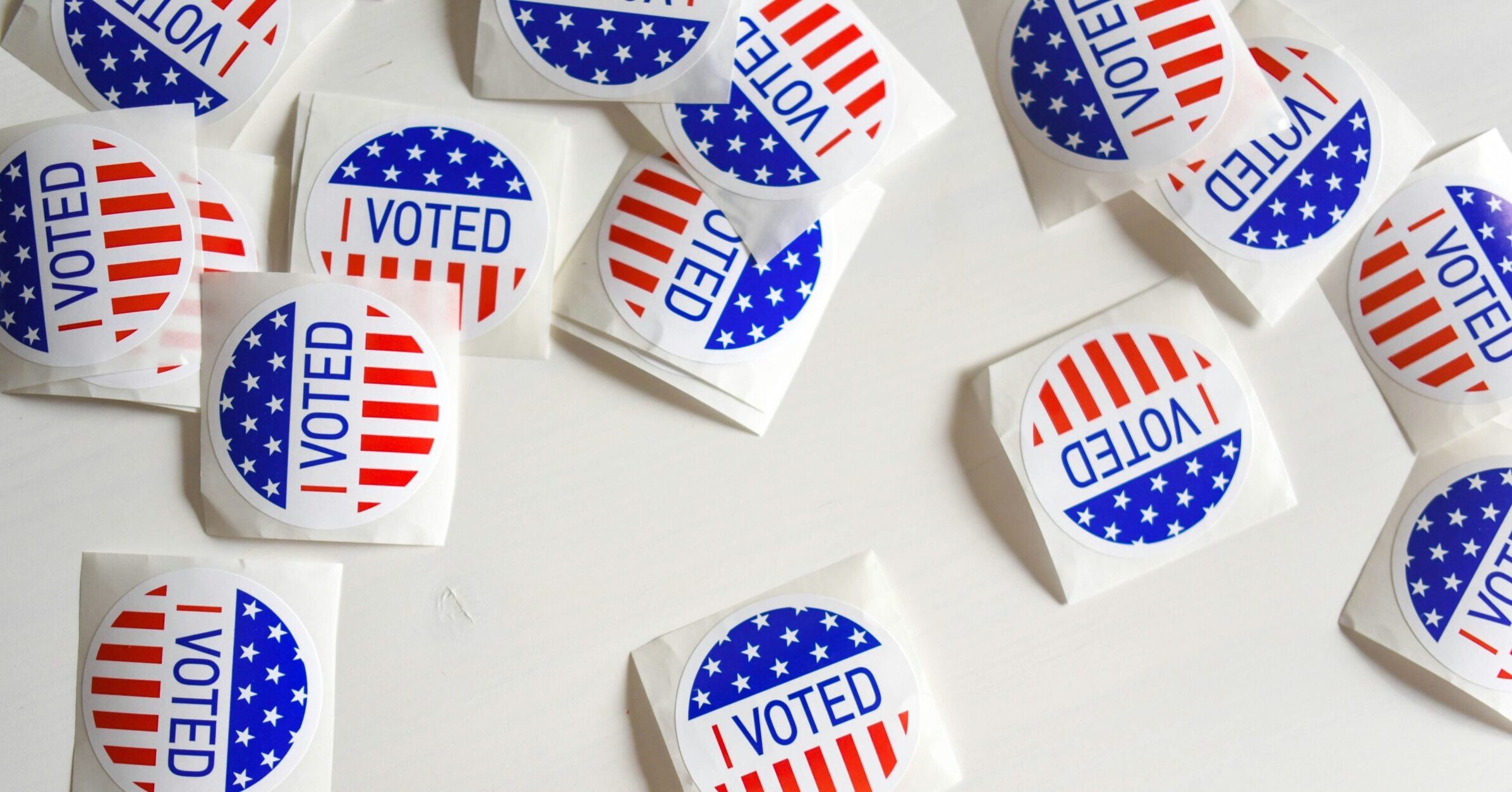
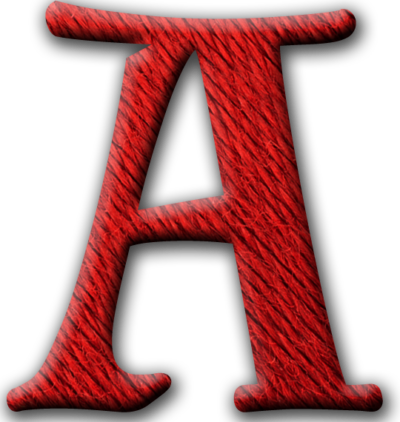 A
A
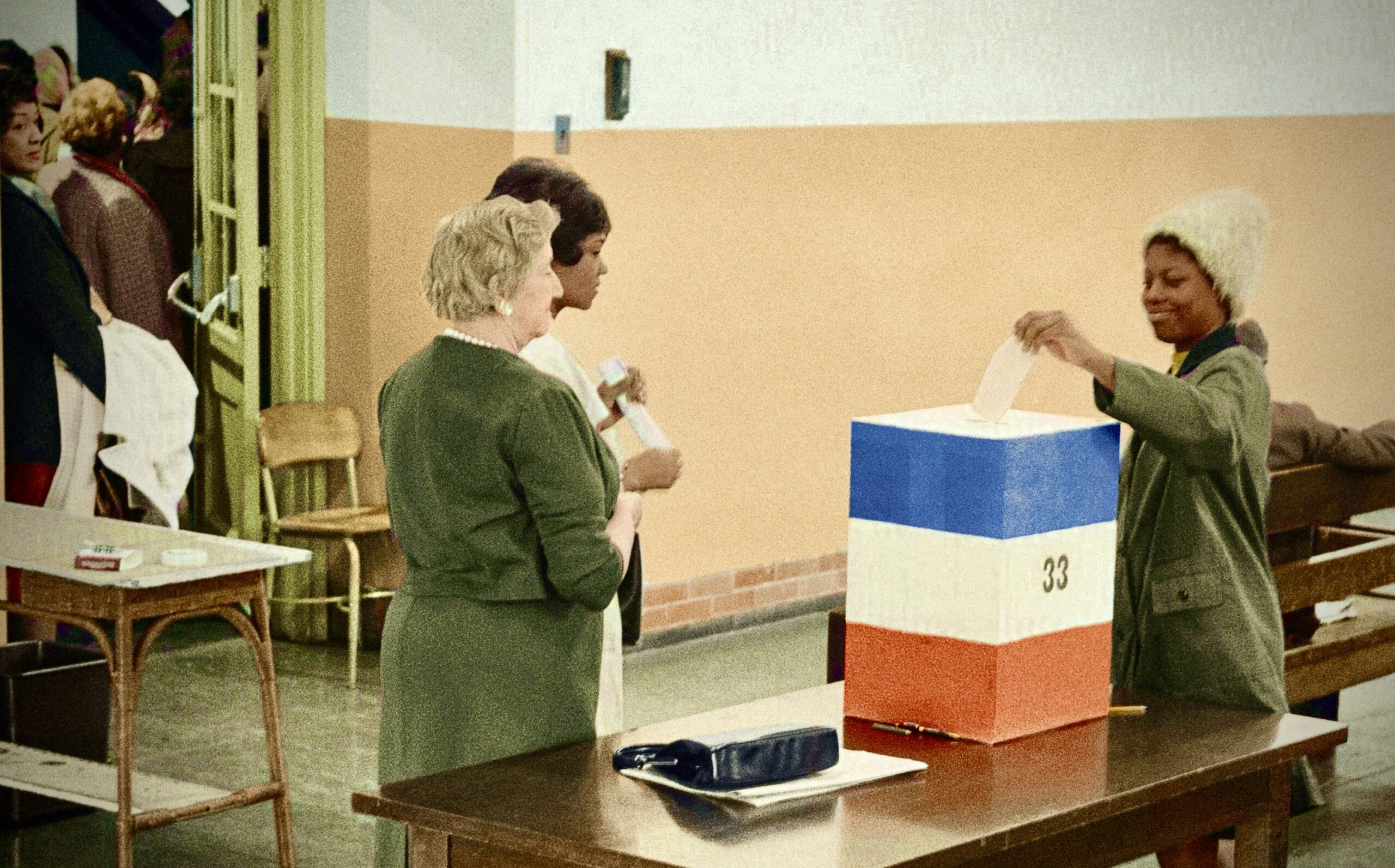
![]() If there are no young readers and writers, there will shortly be no older ones. Literacy will be dead, and democracy… will be dead as well”.[4]
If there are no young readers and writers, there will shortly be no older ones. Literacy will be dead, and democracy… will be dead as well”.[4]

















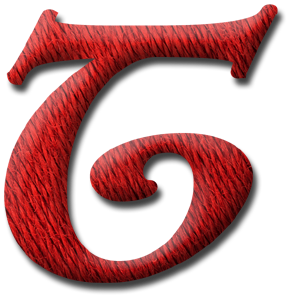
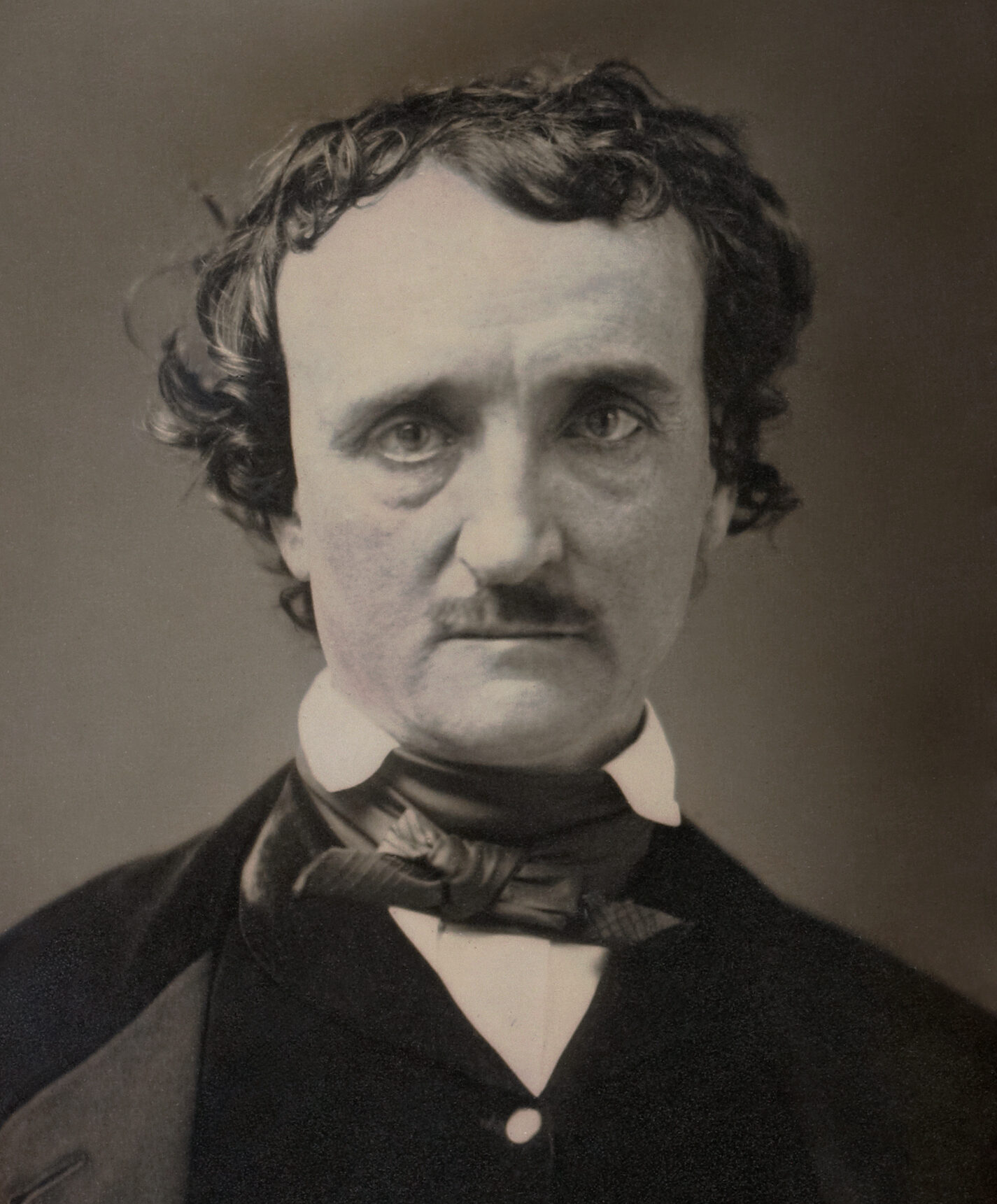
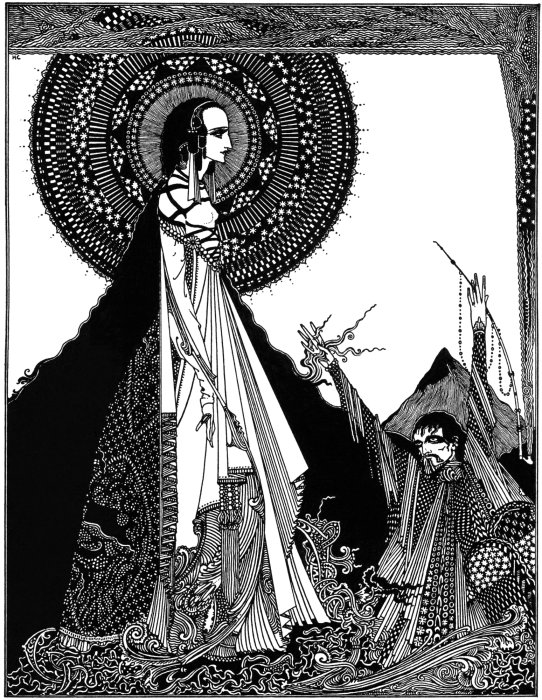
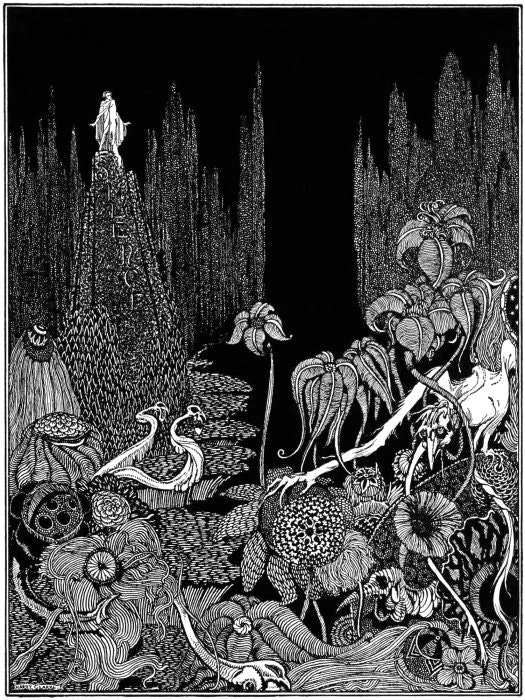
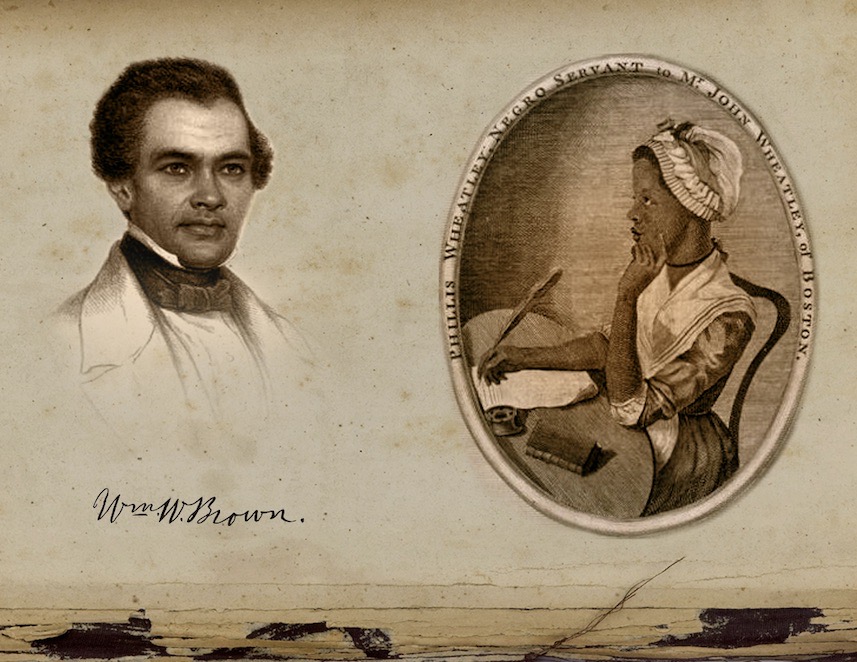

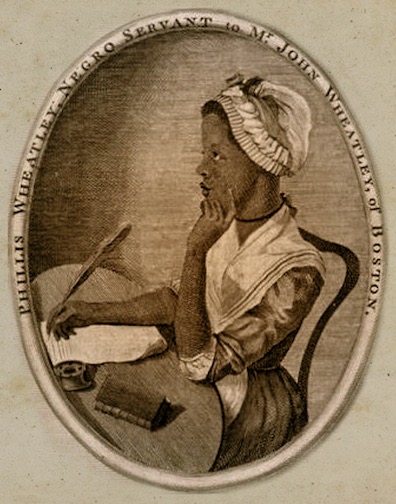
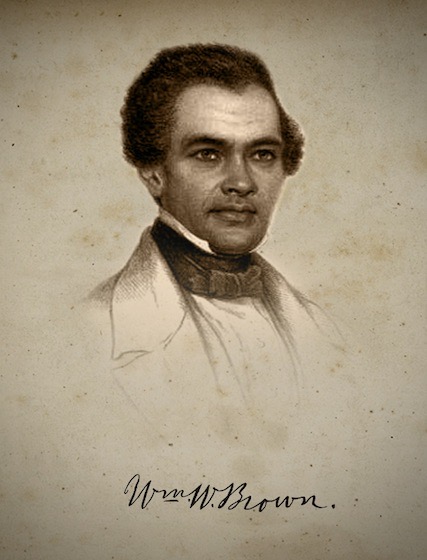


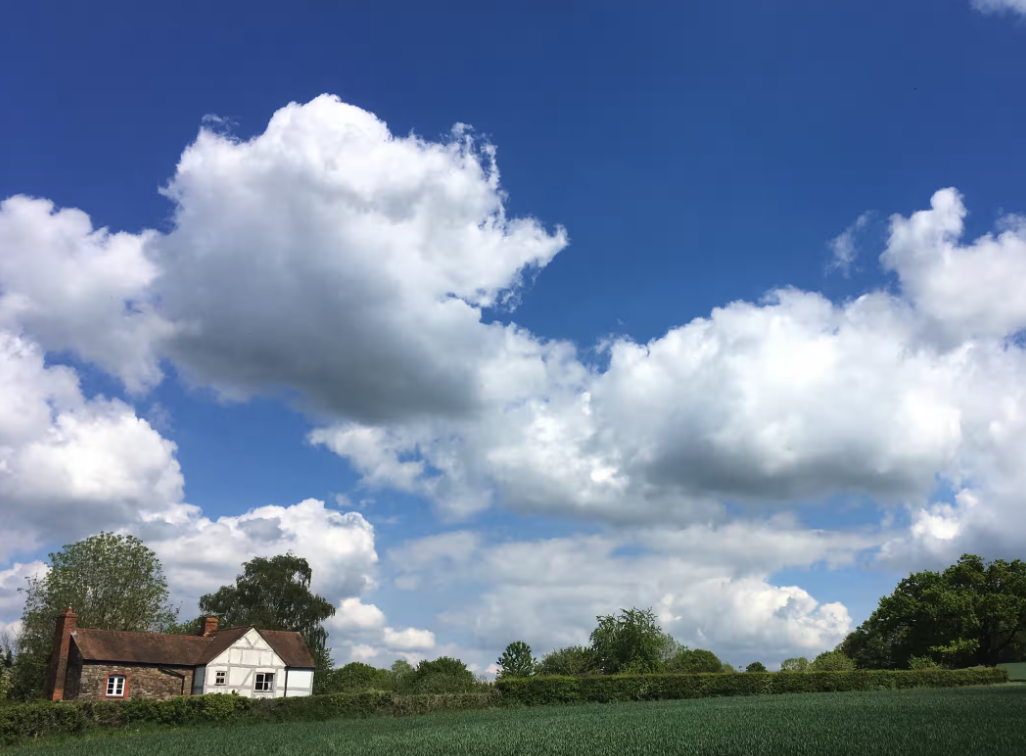
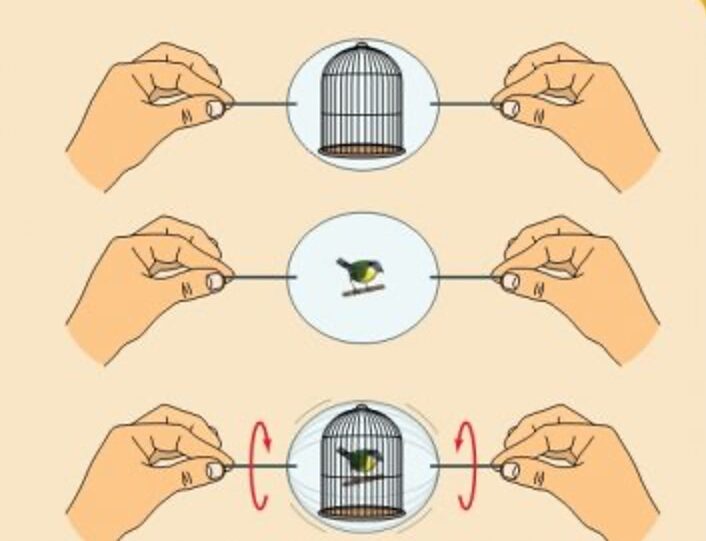
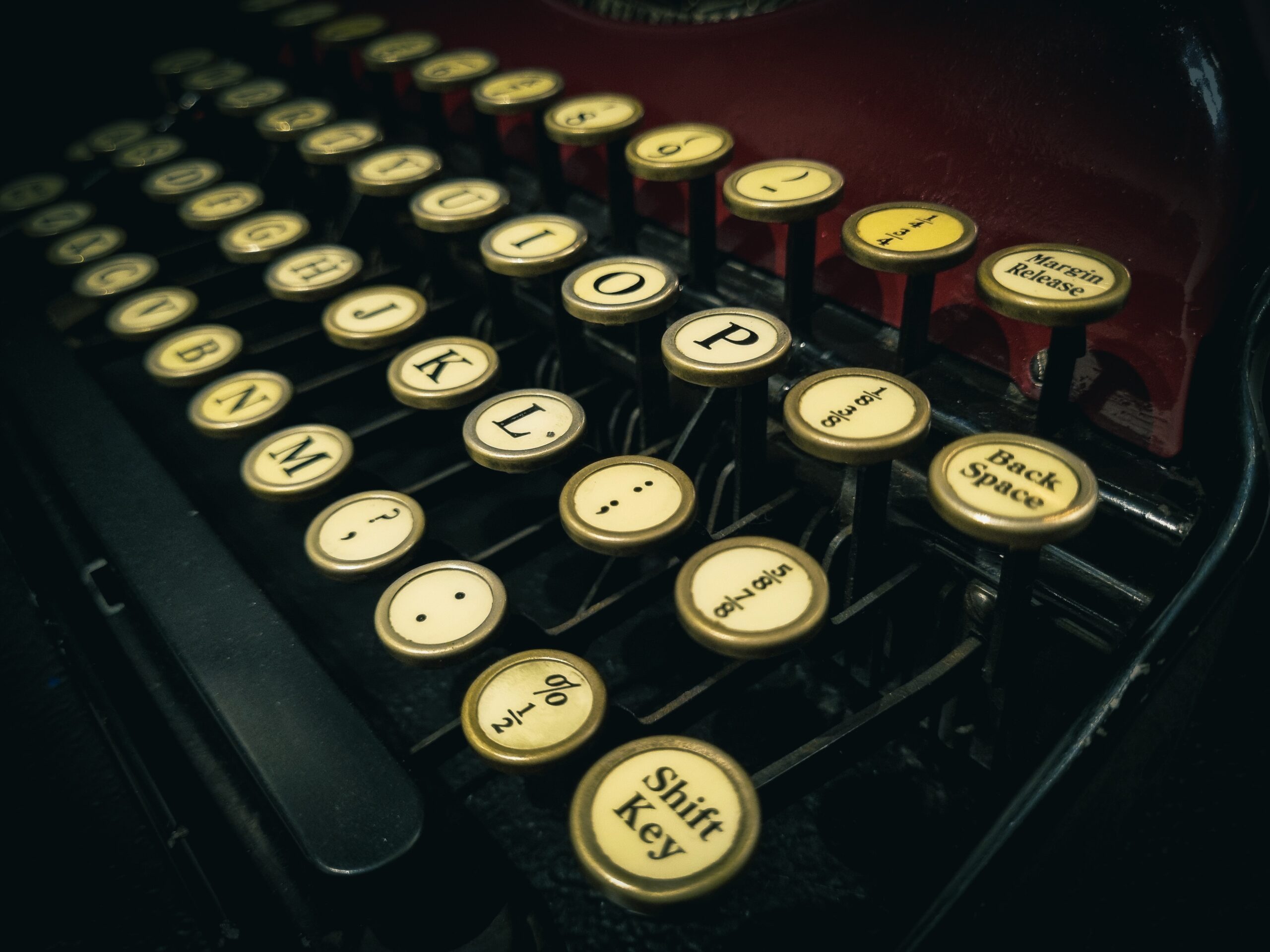



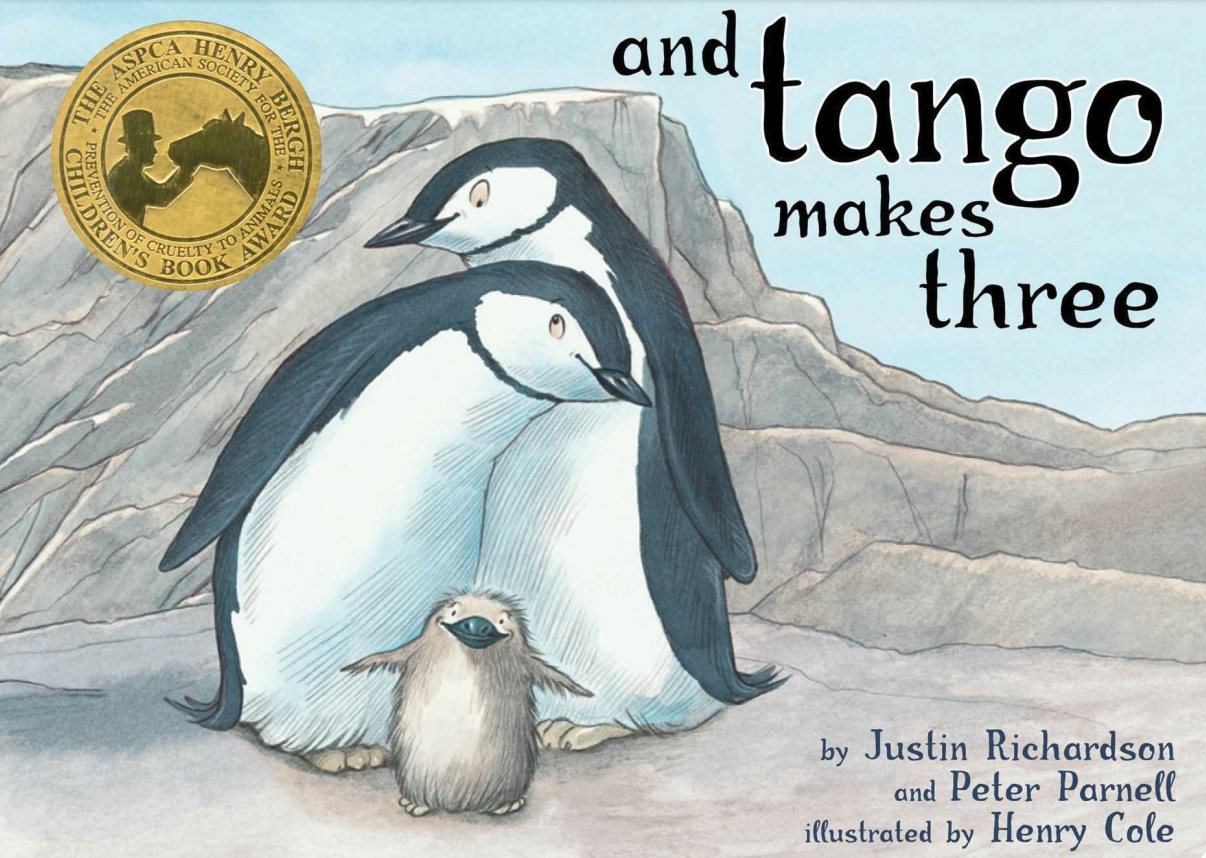
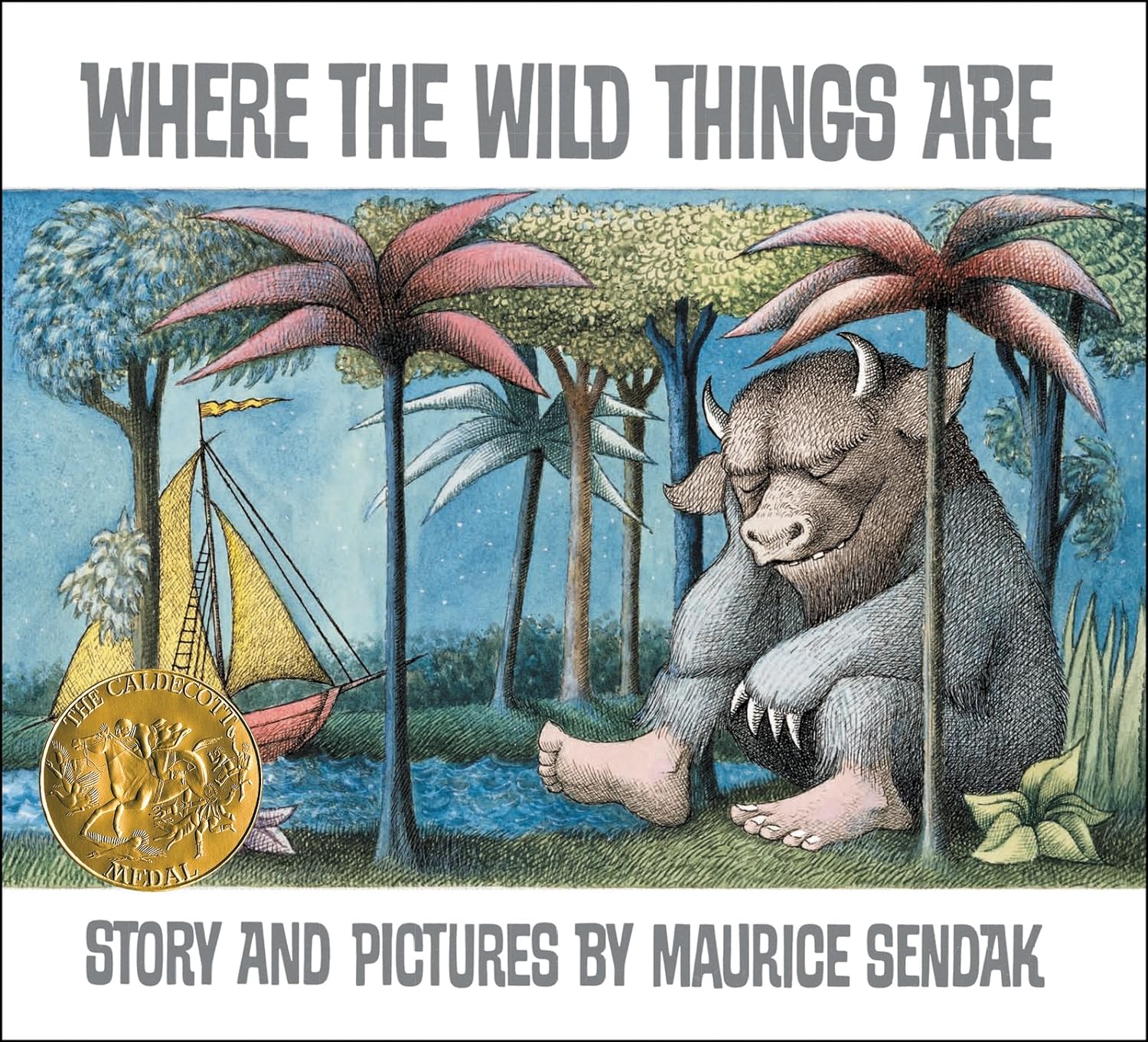
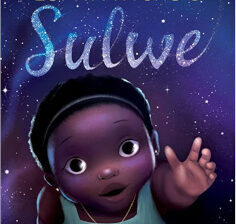
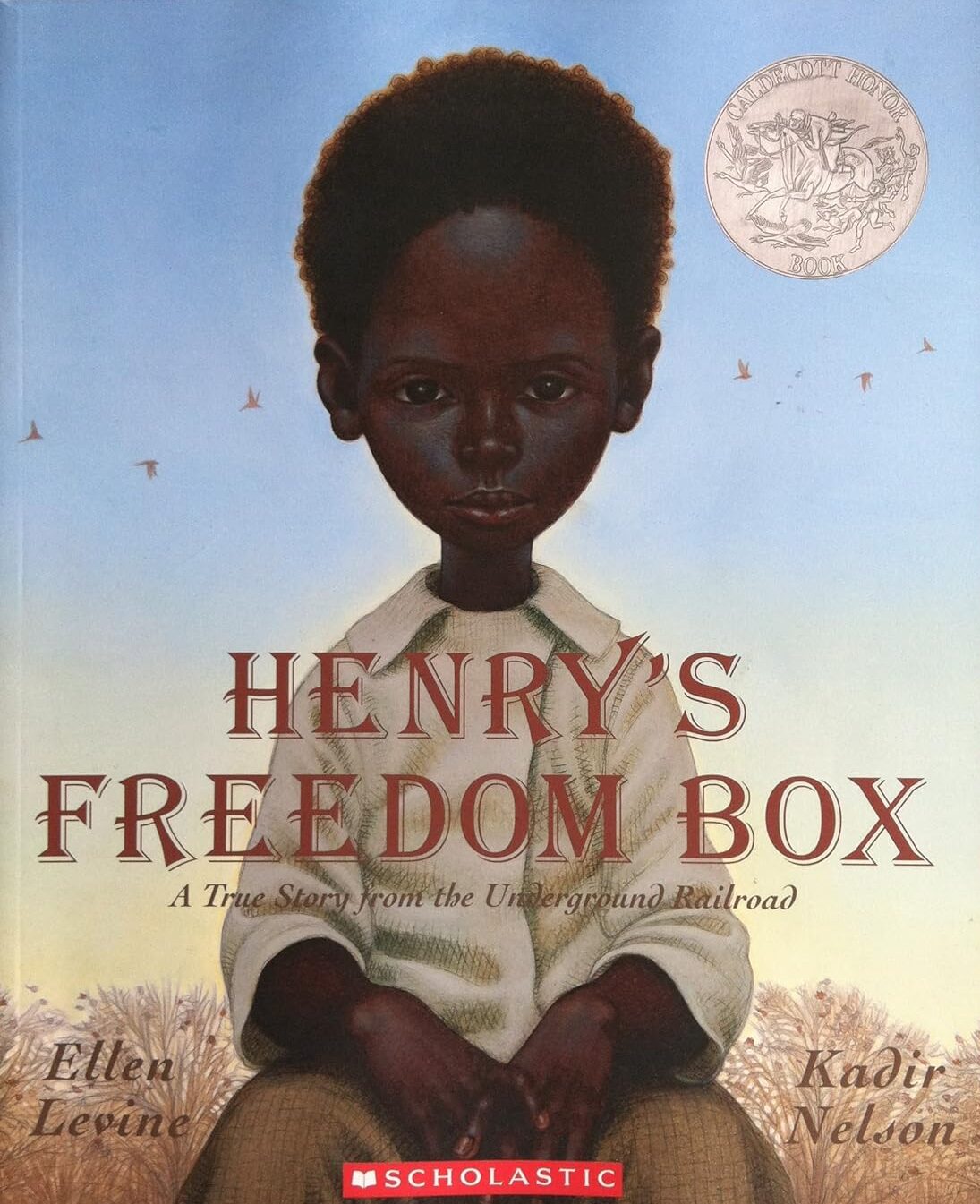
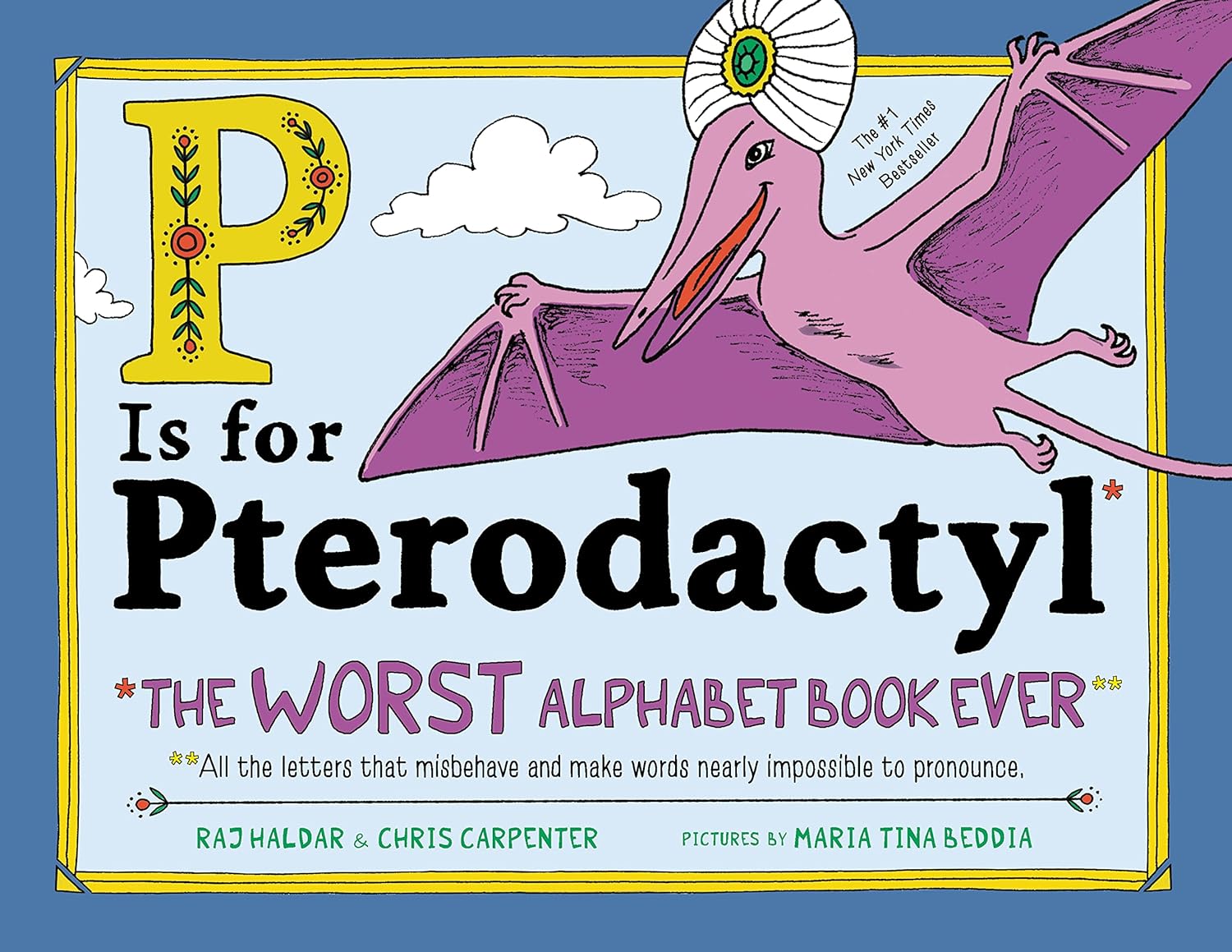
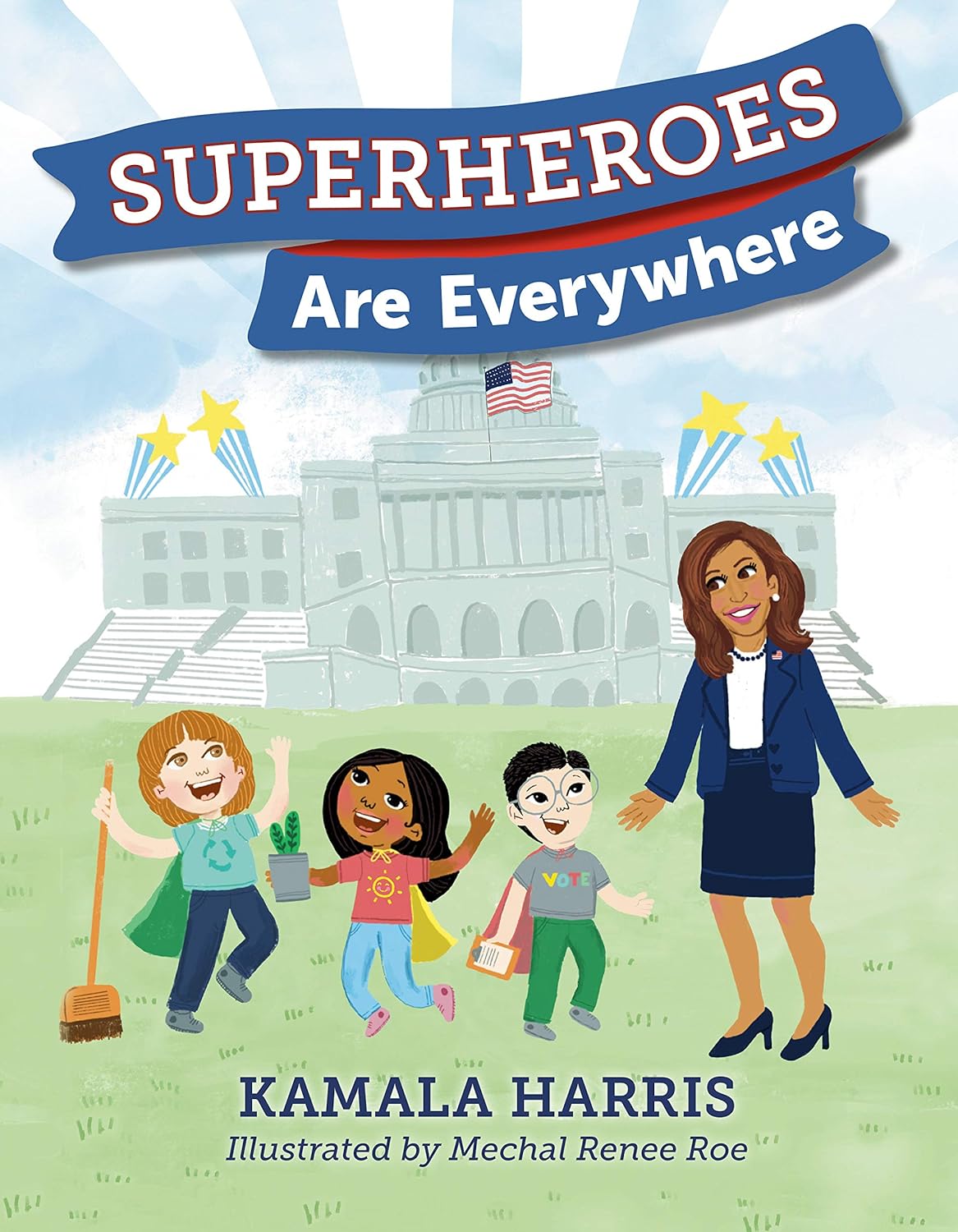
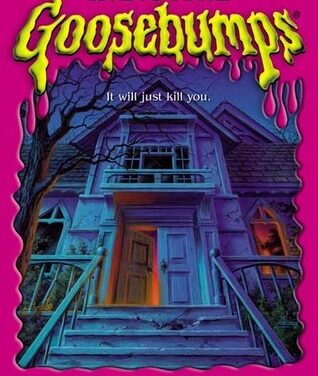
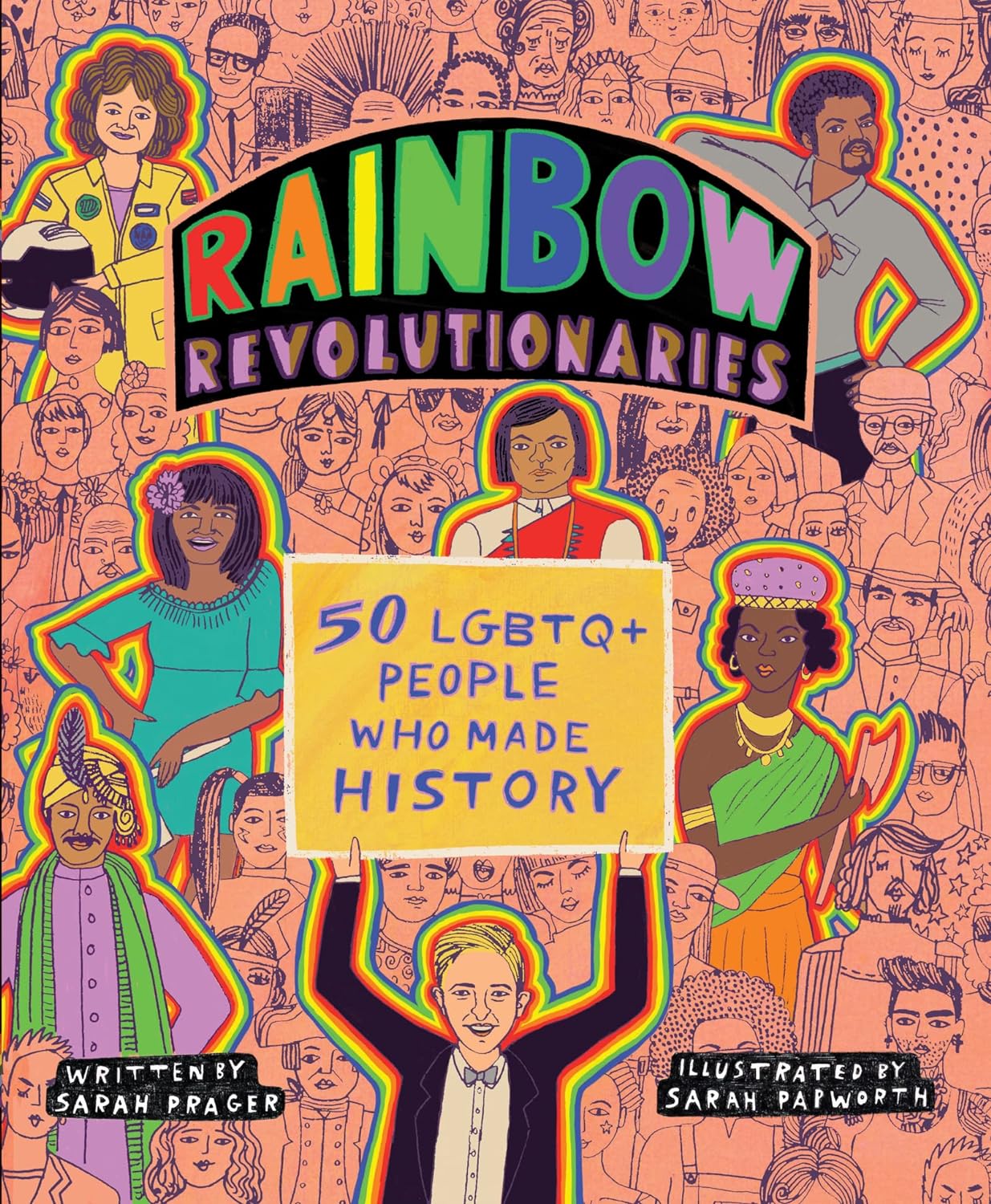
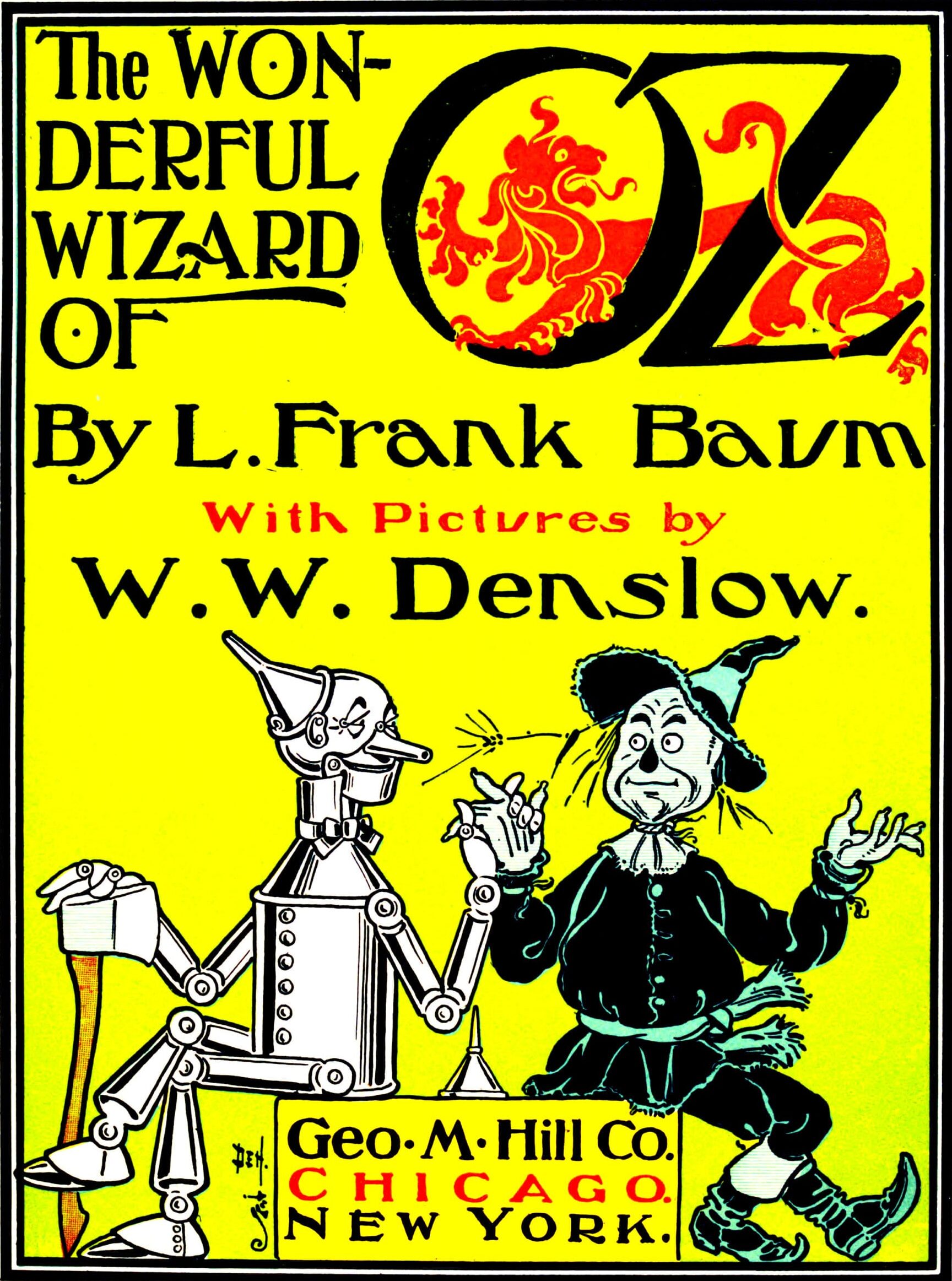
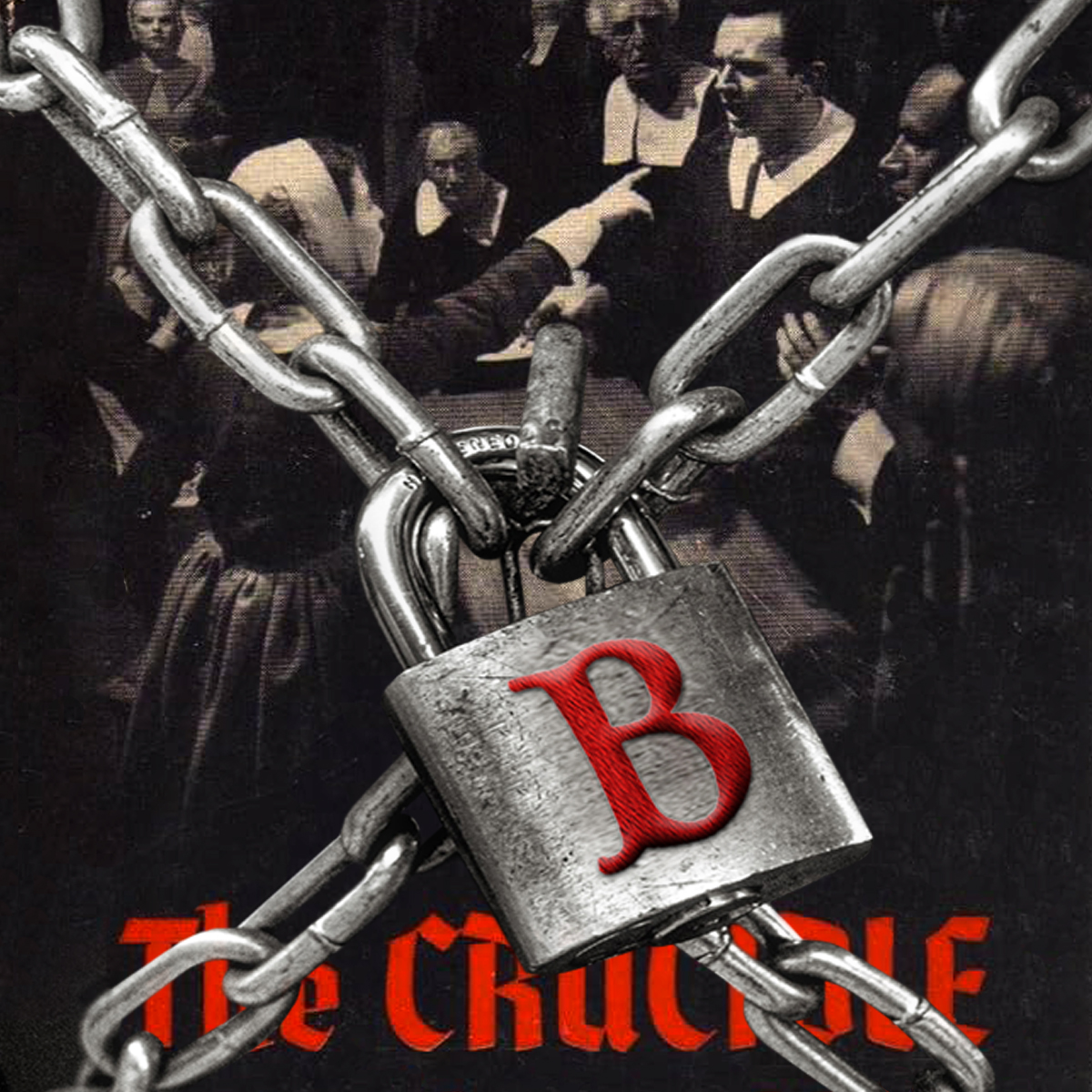
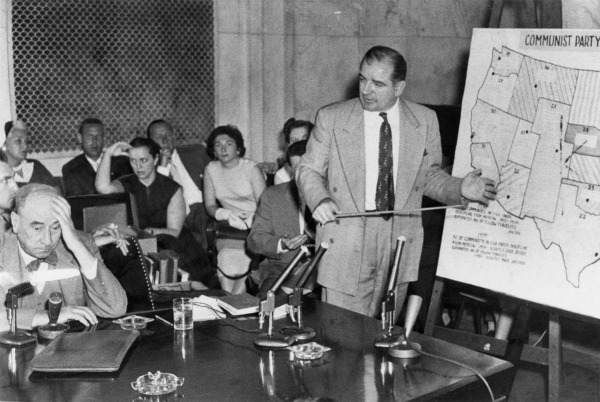

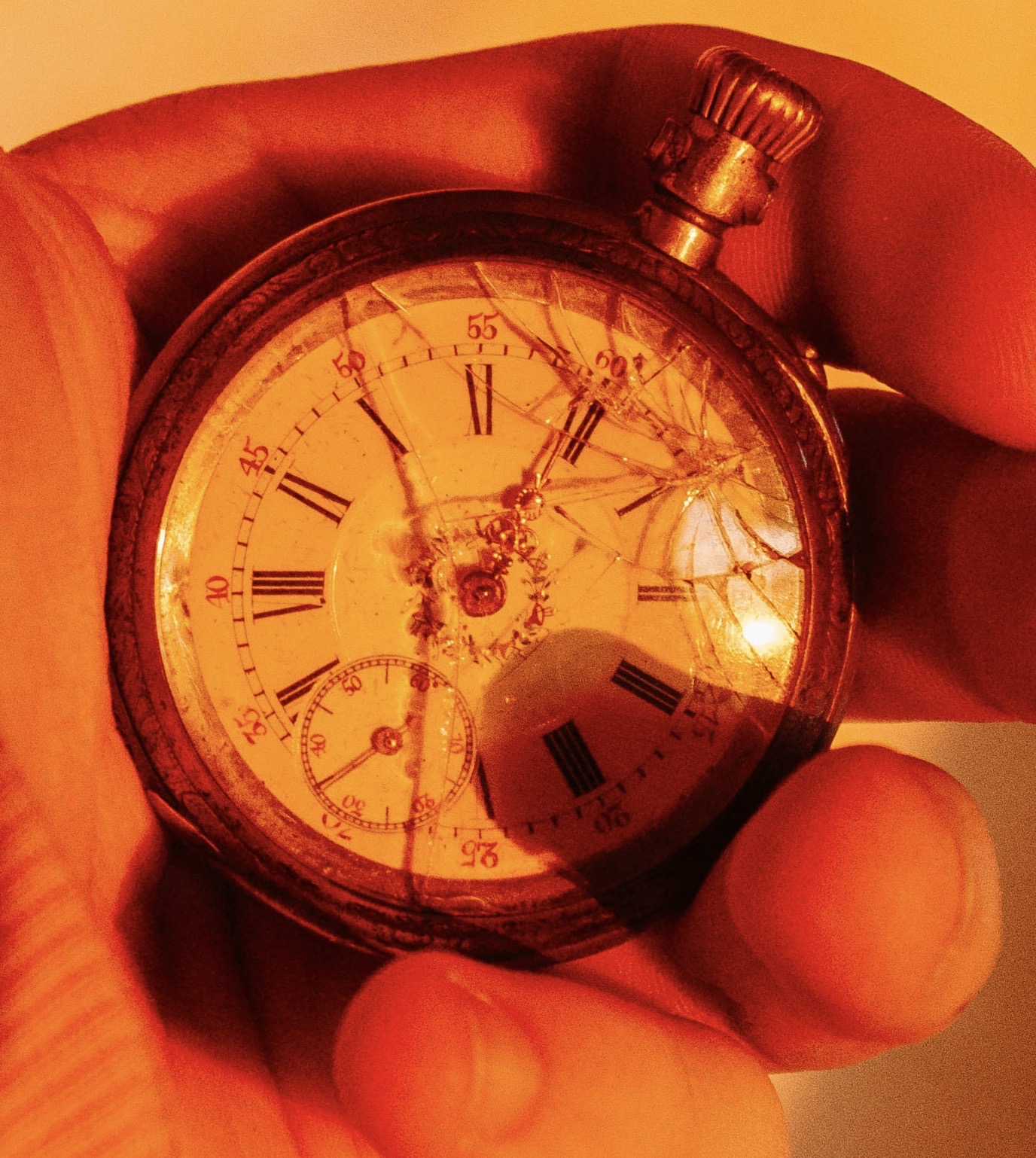


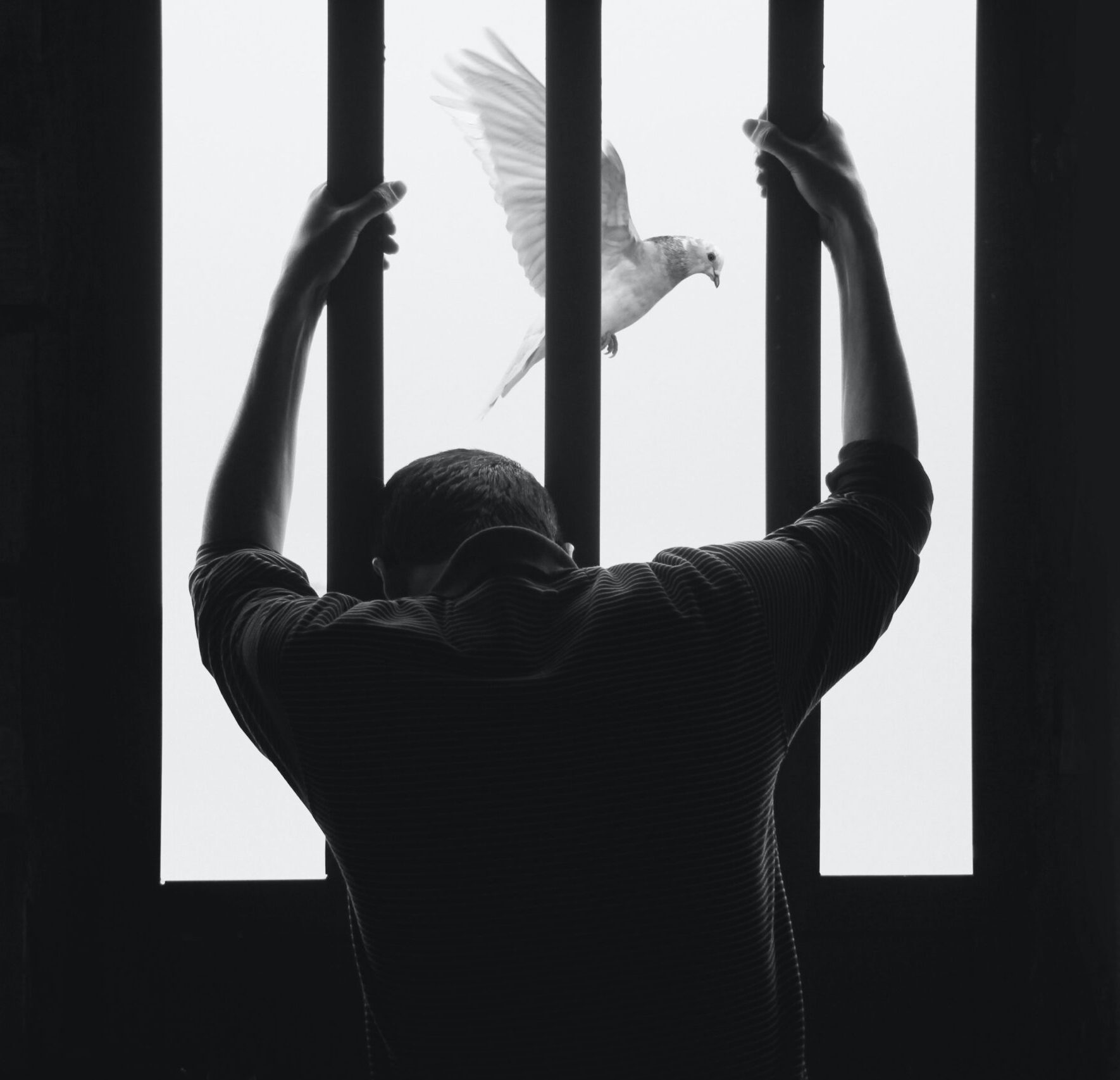
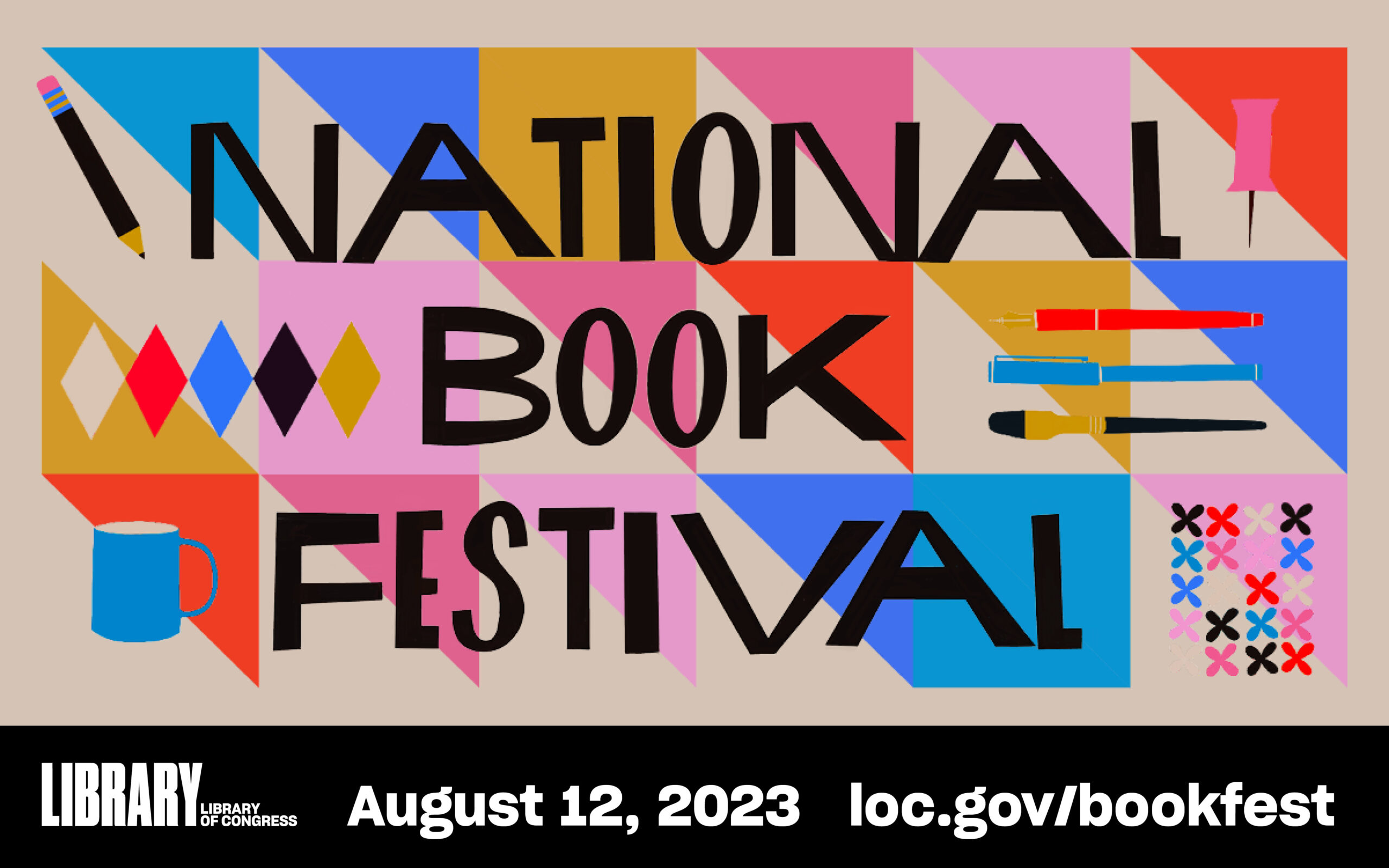

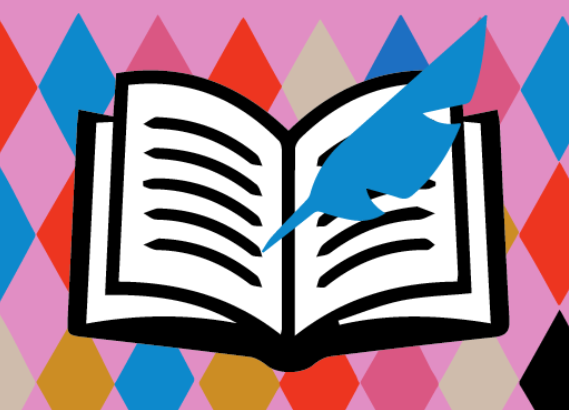

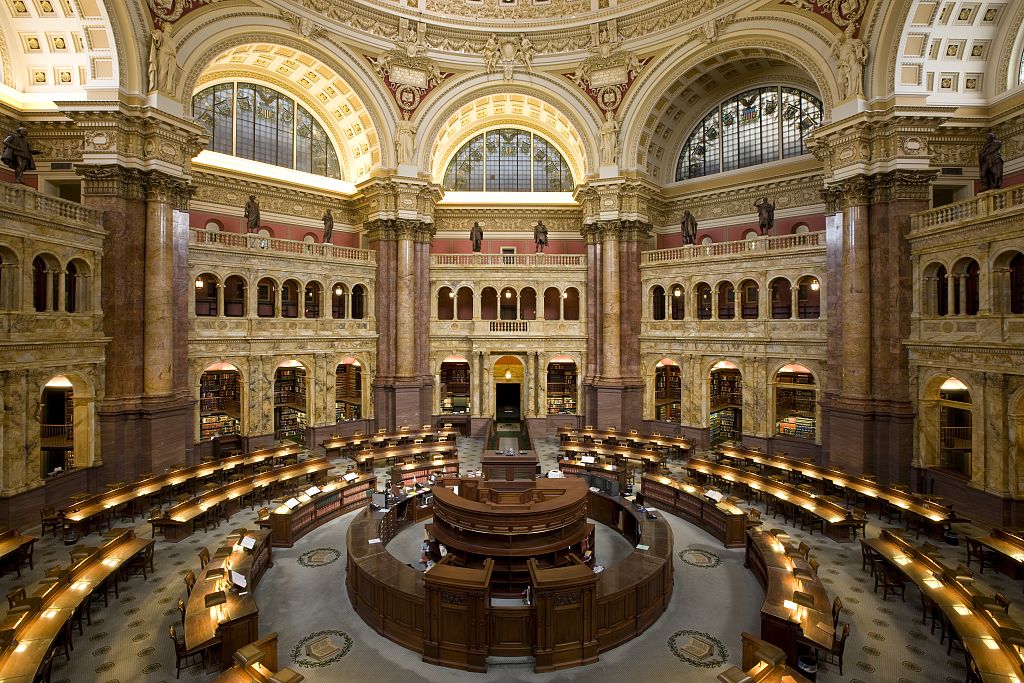

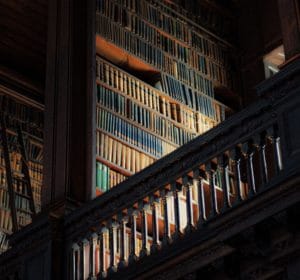
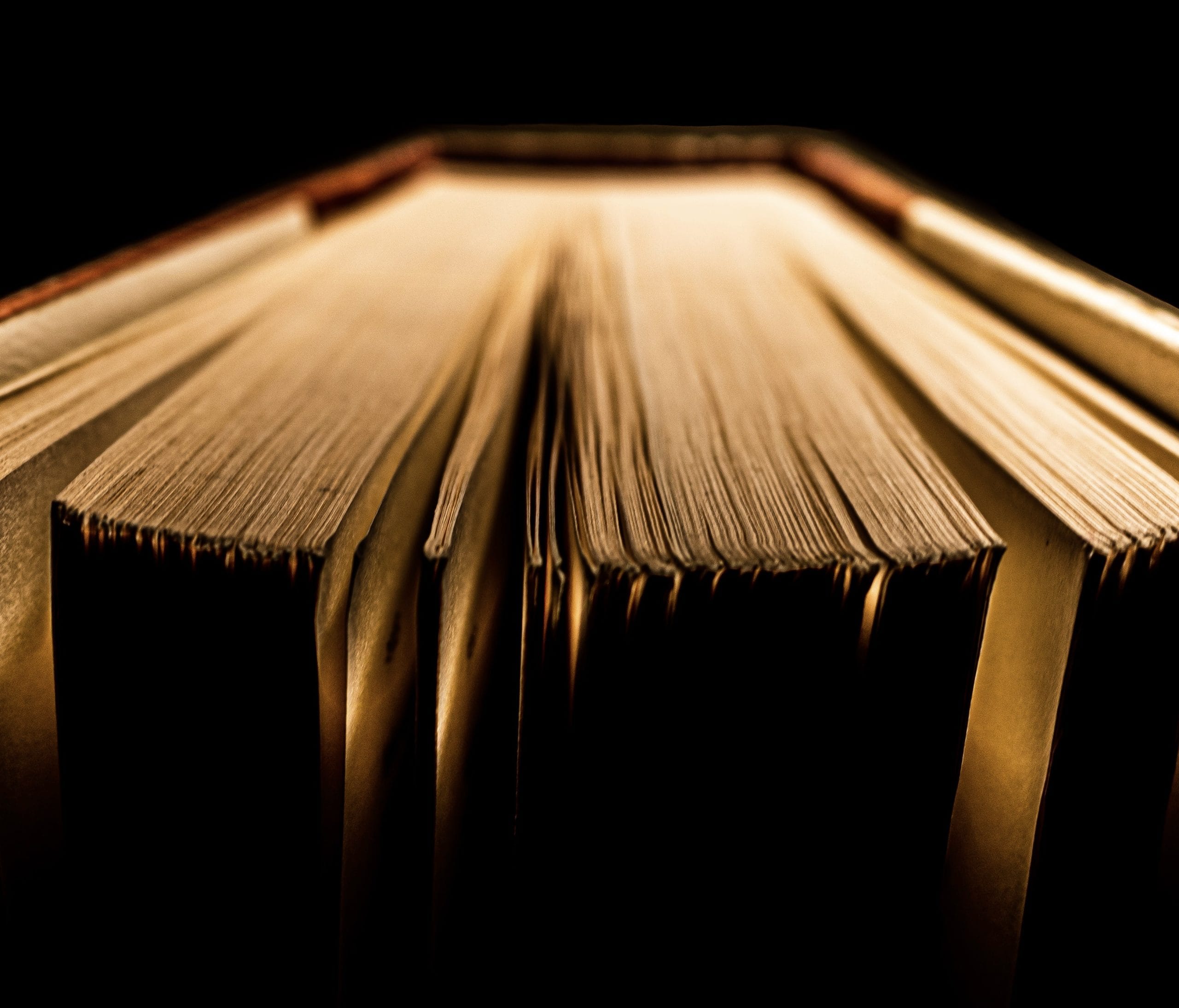

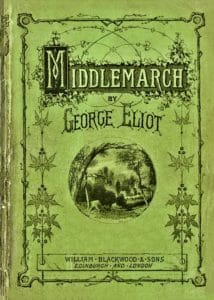
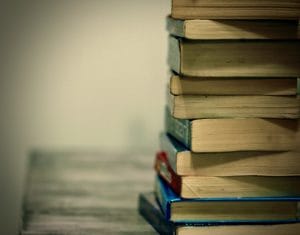
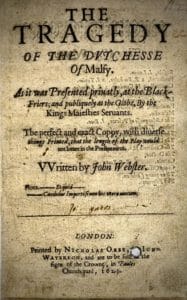
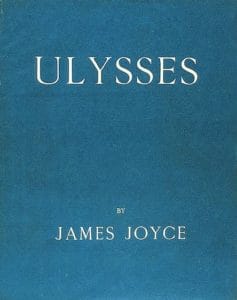
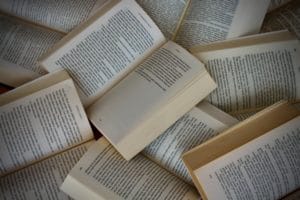
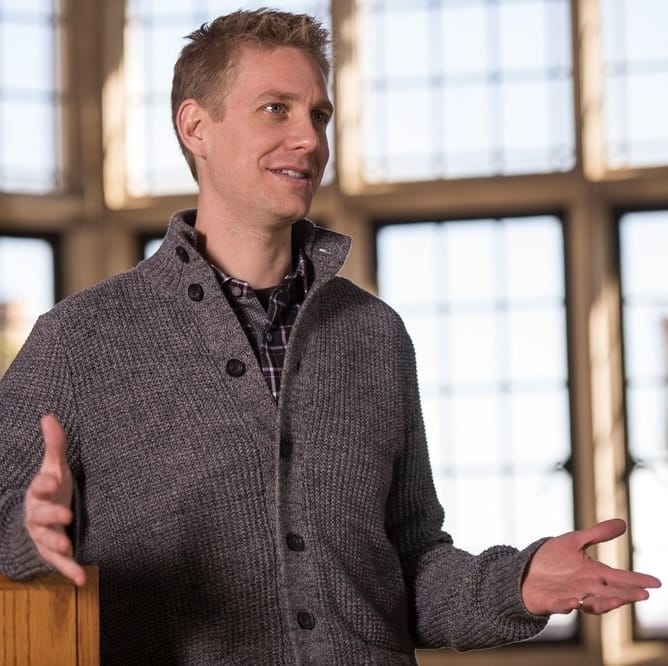

 A
A